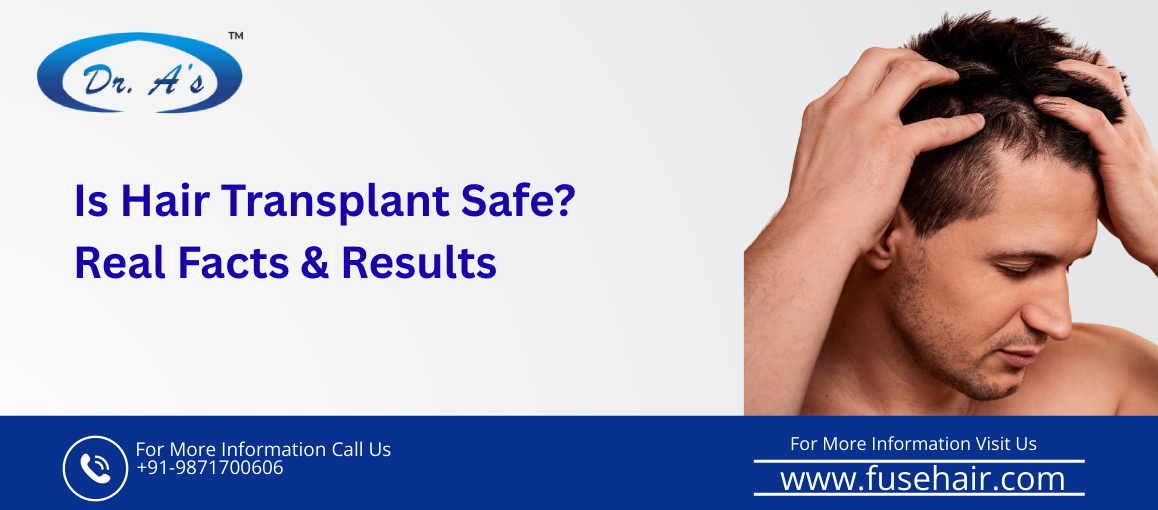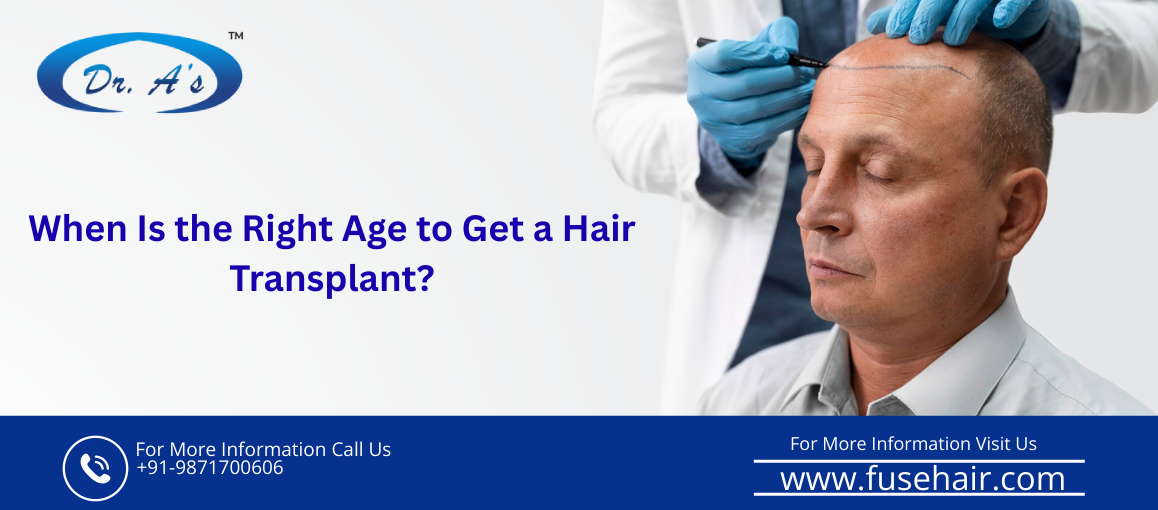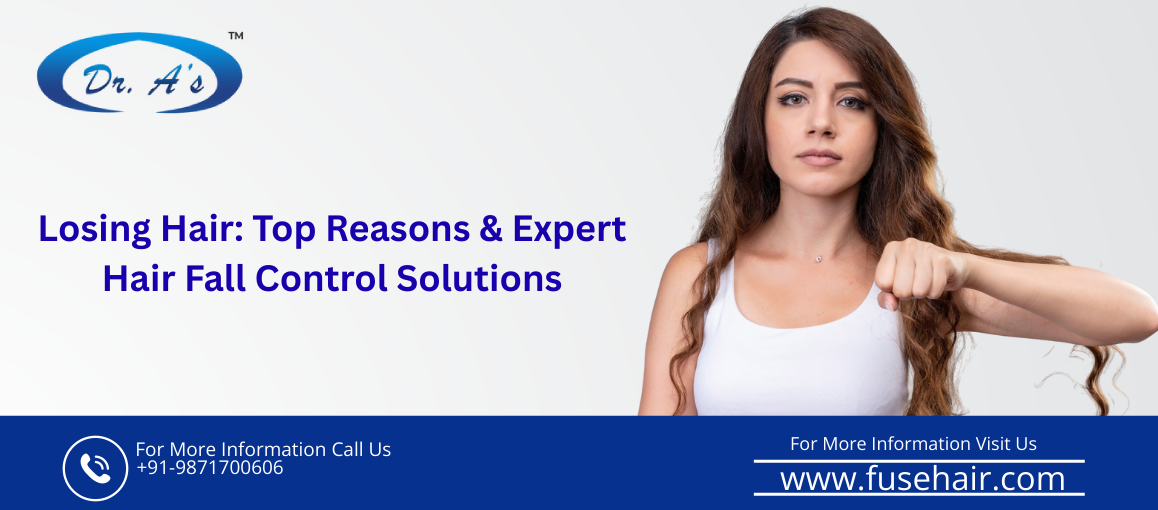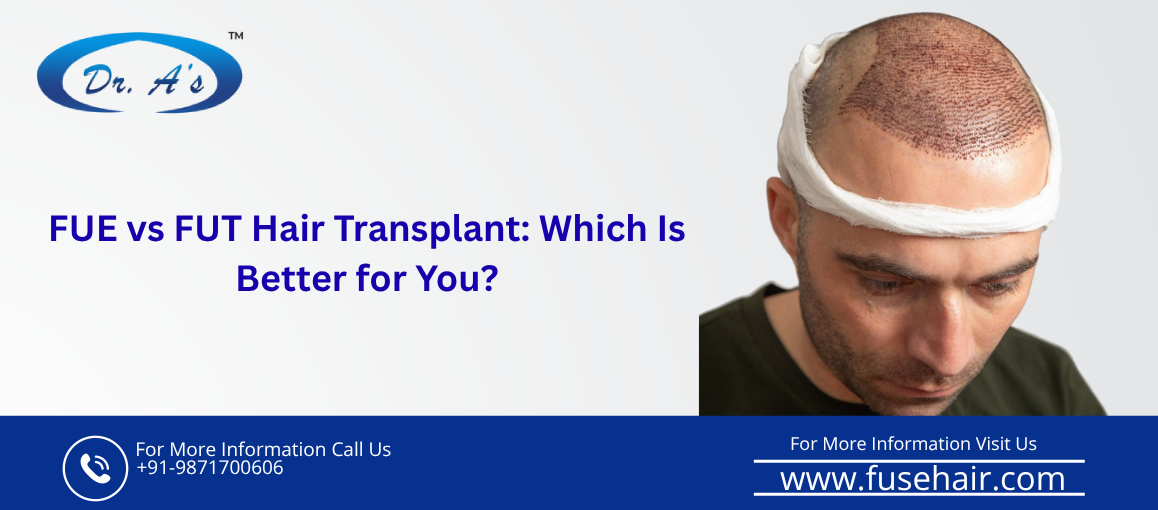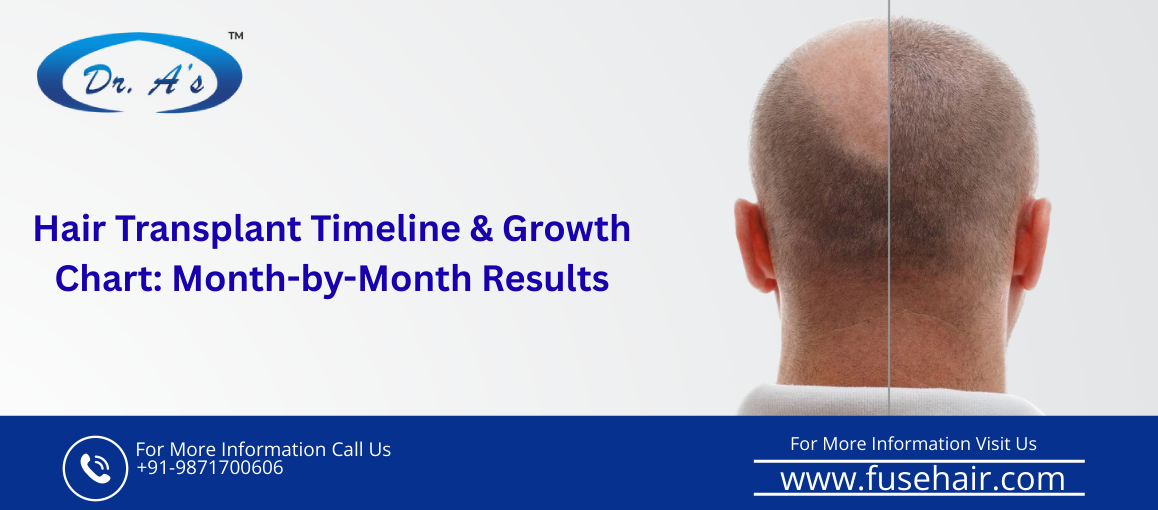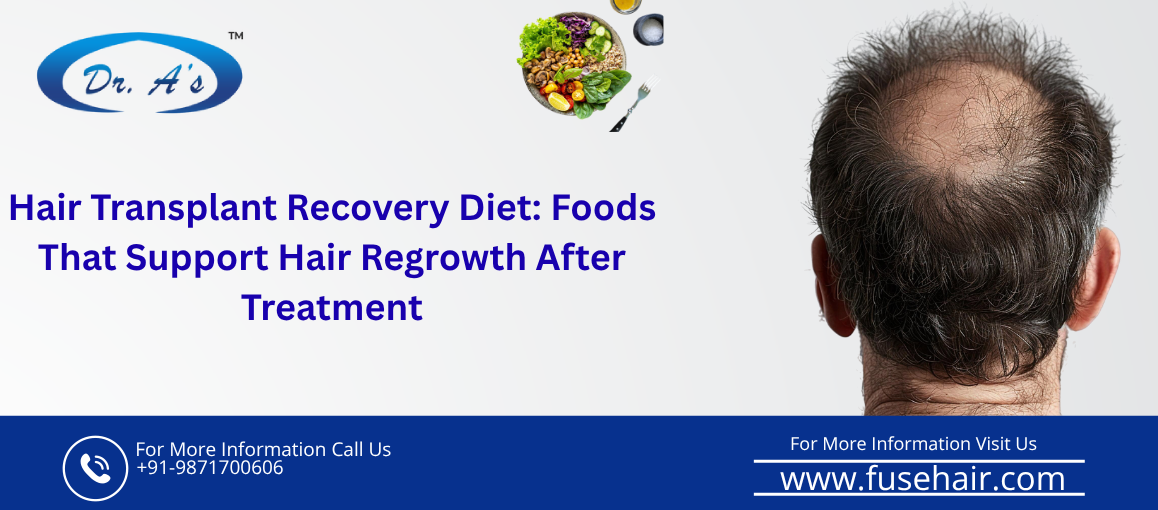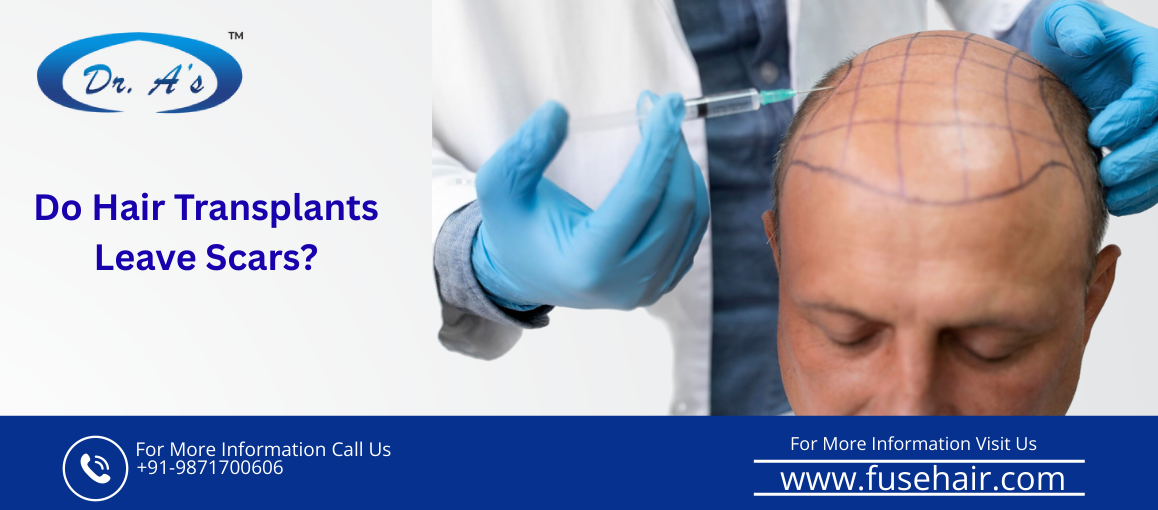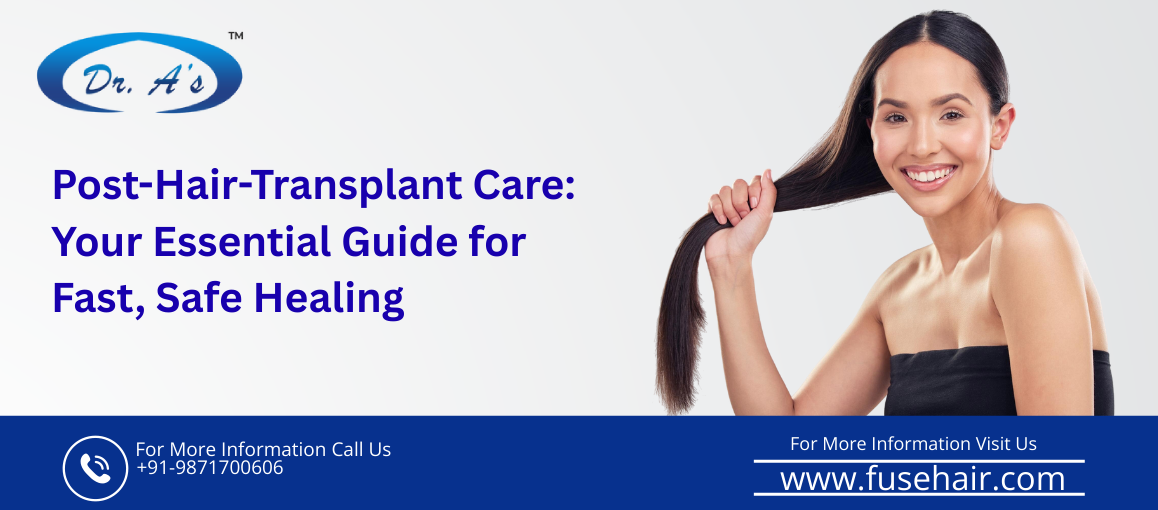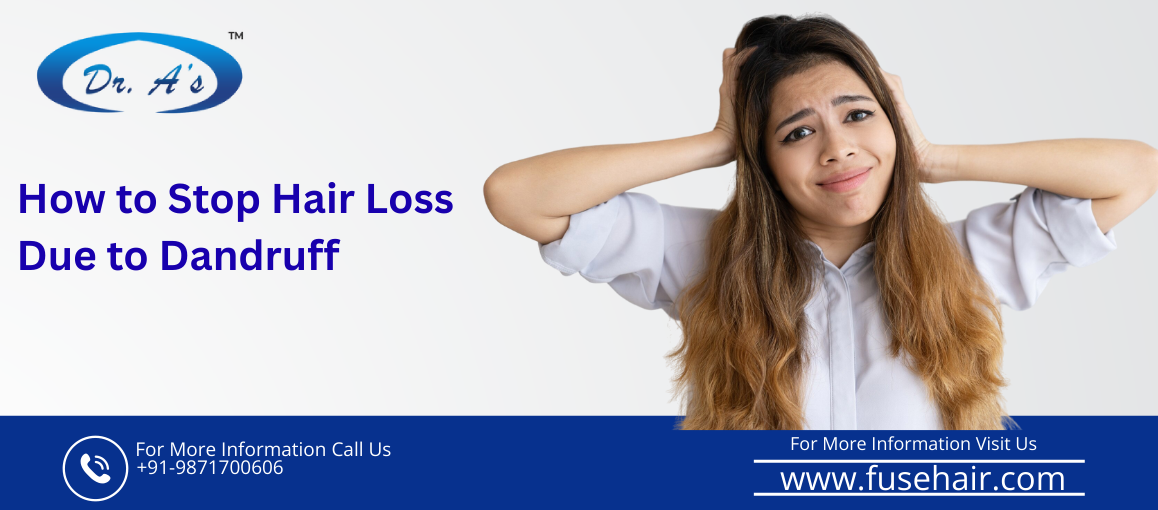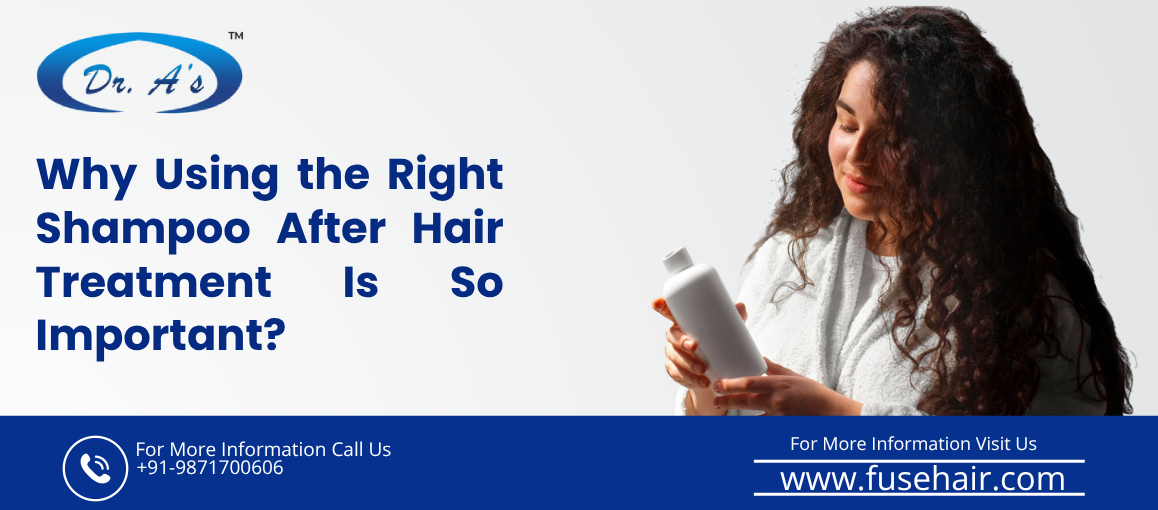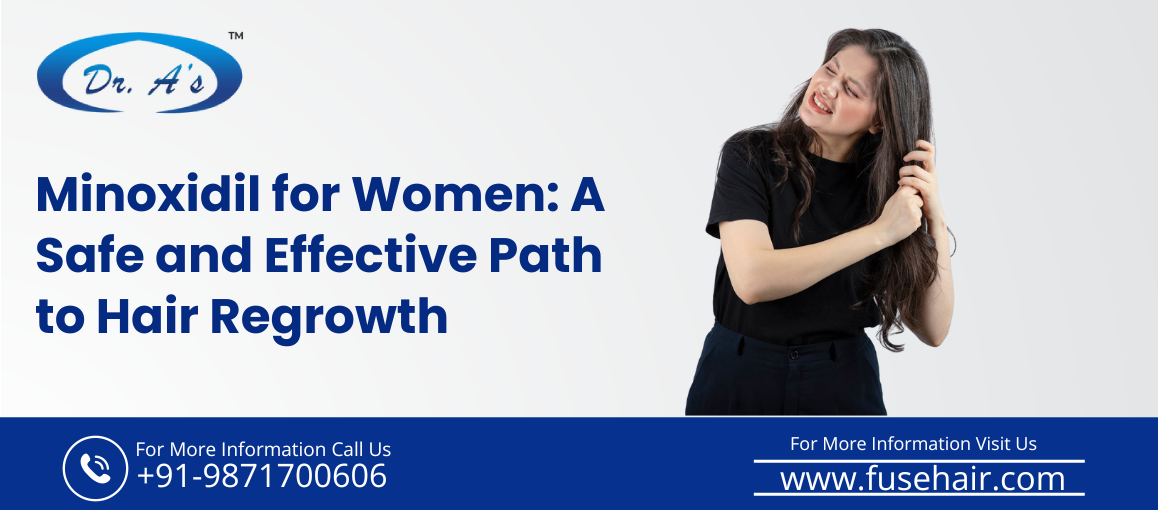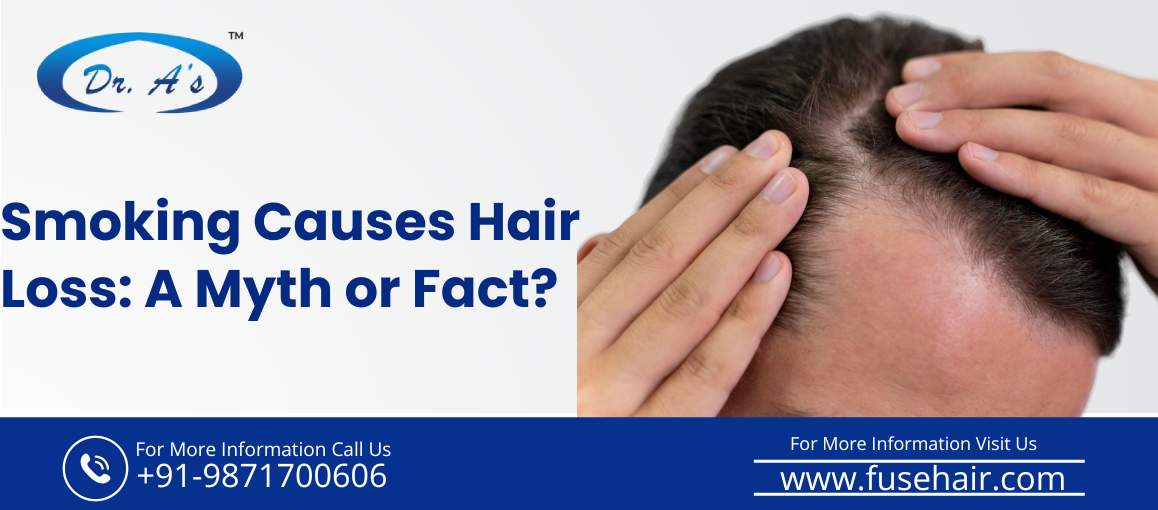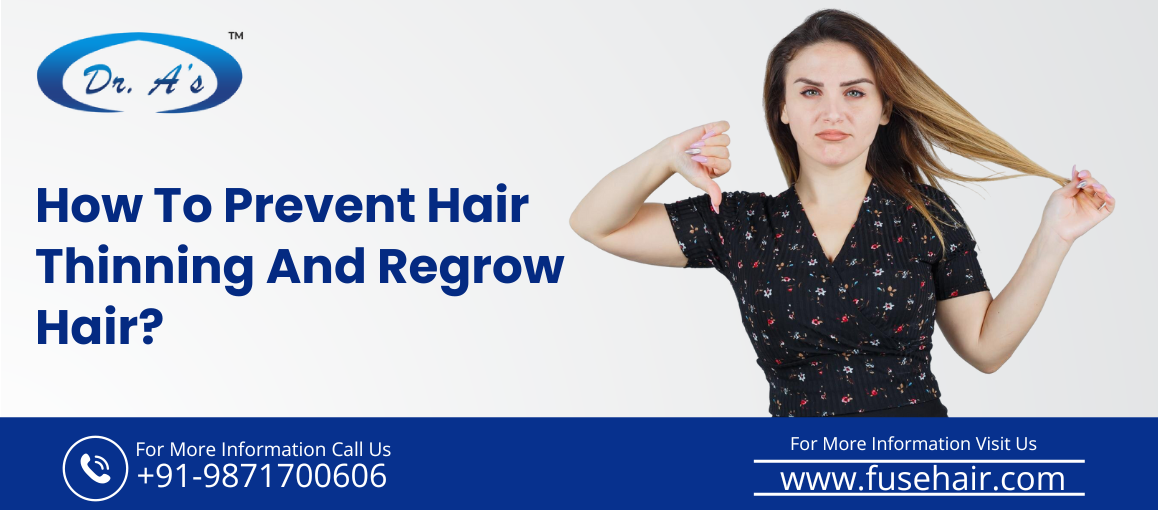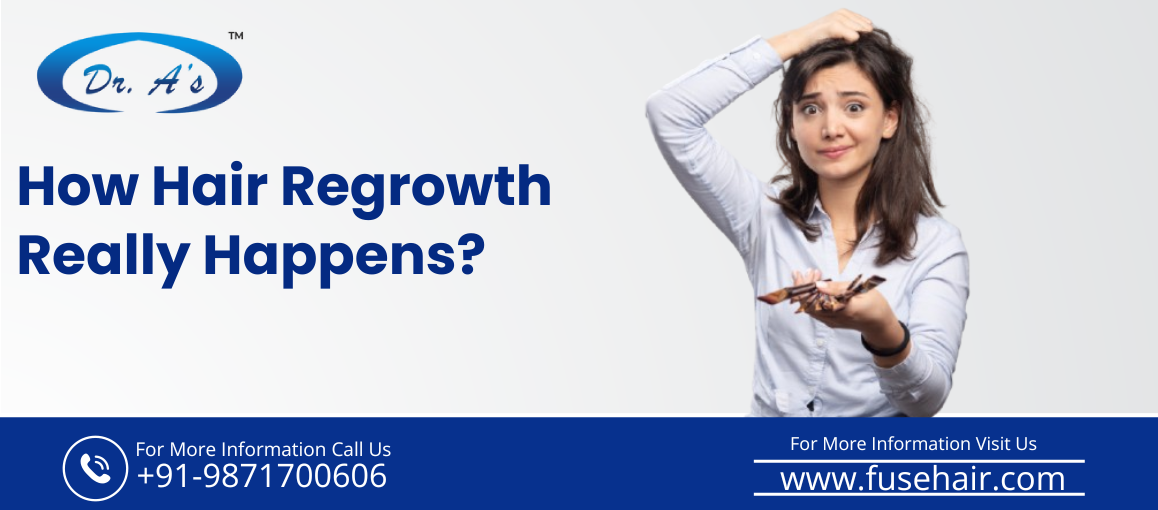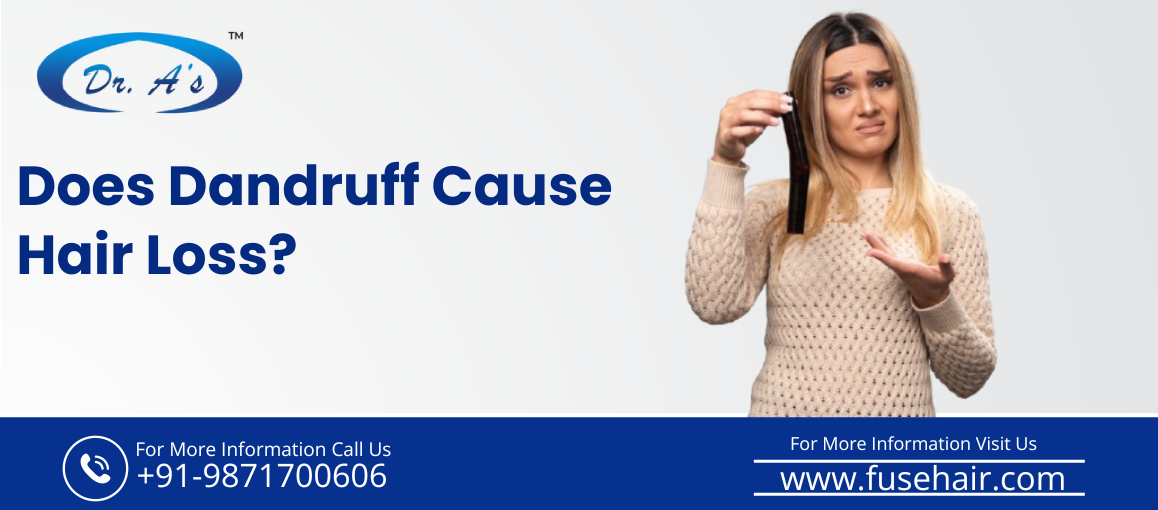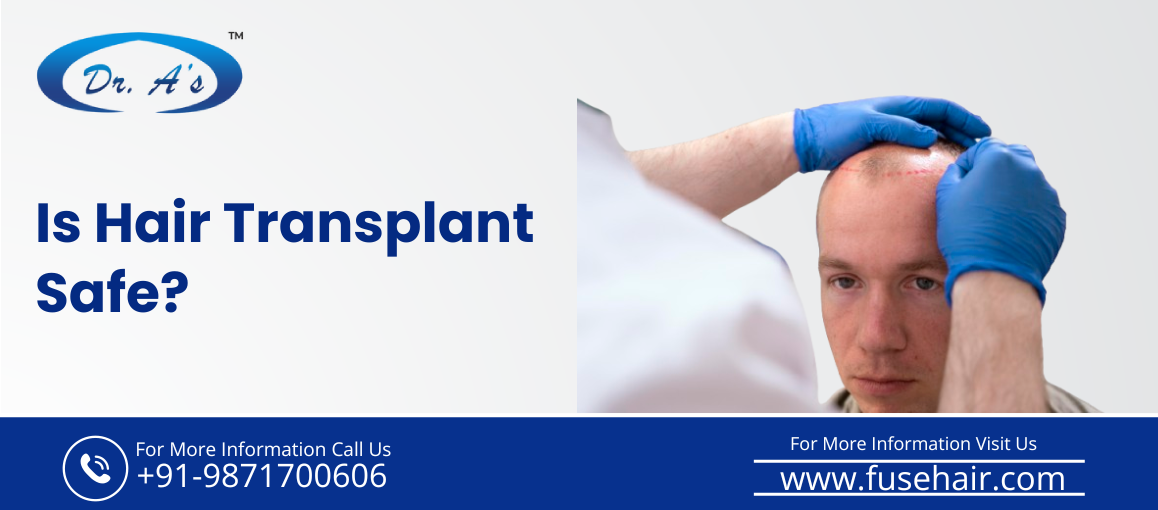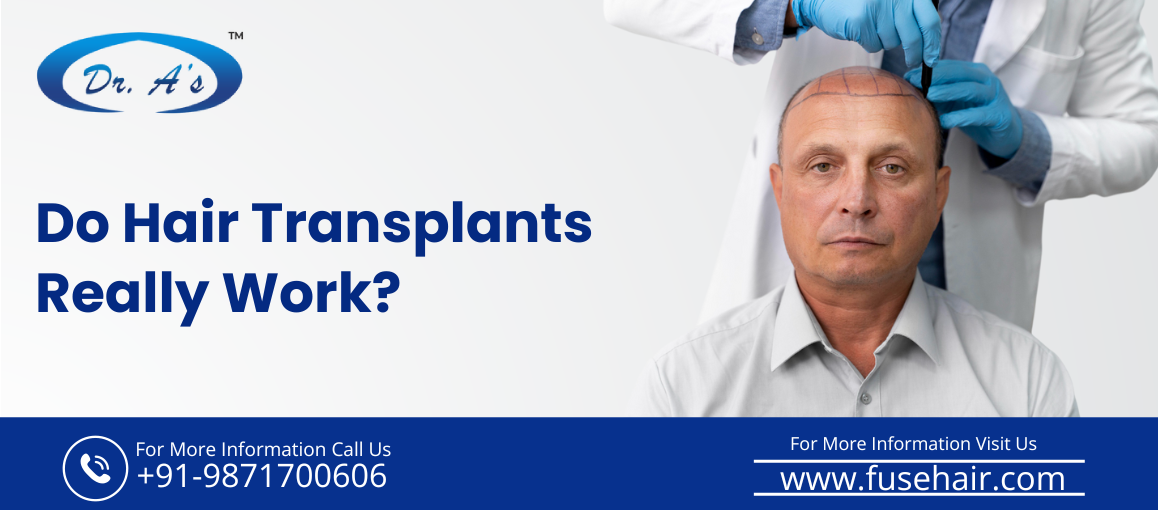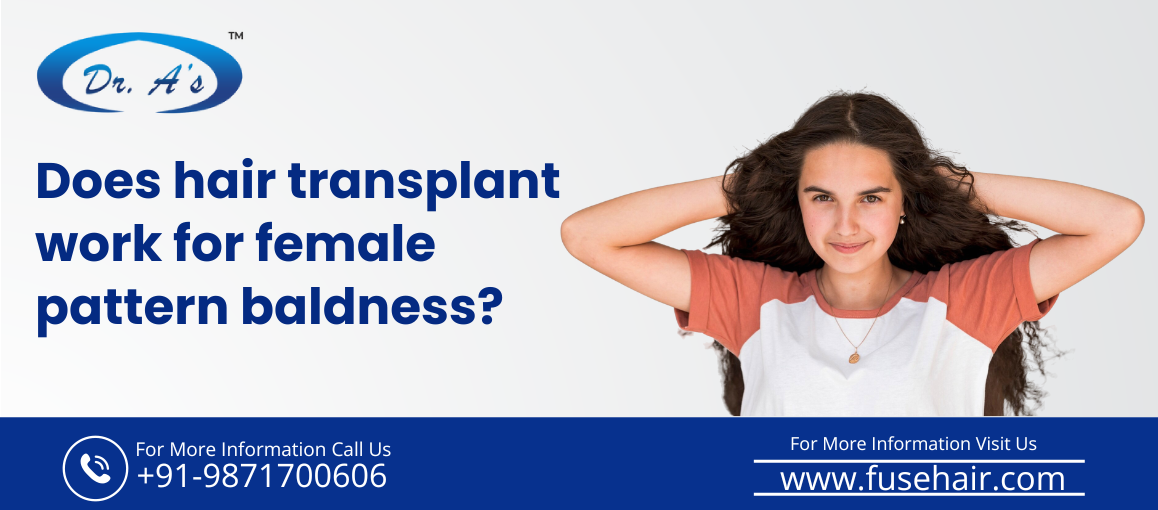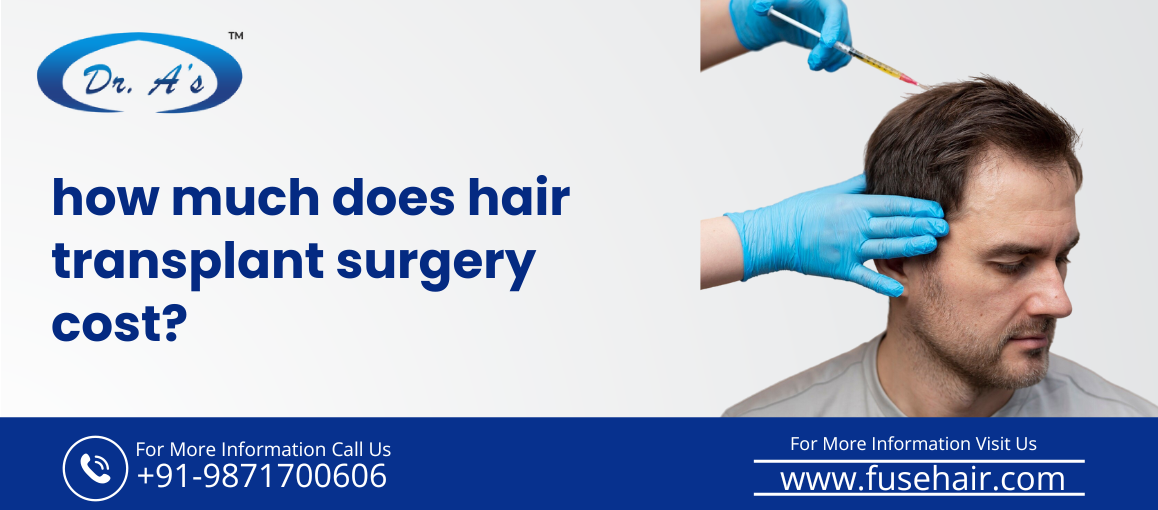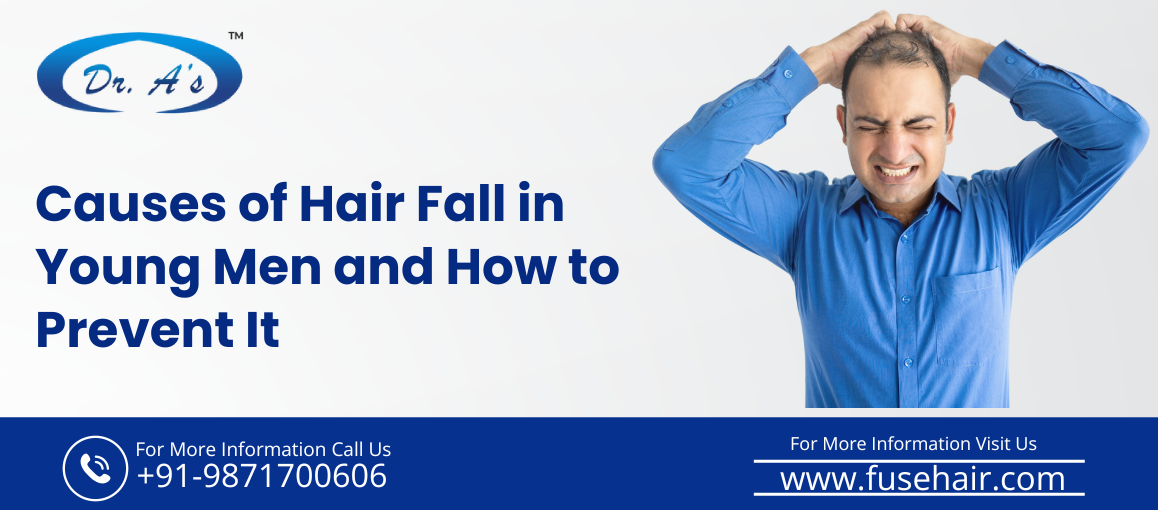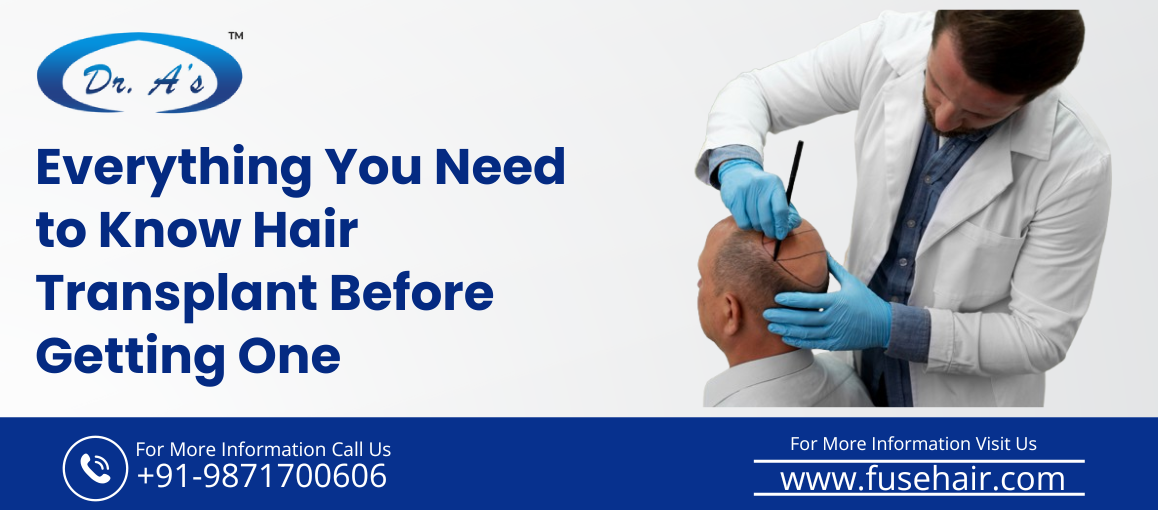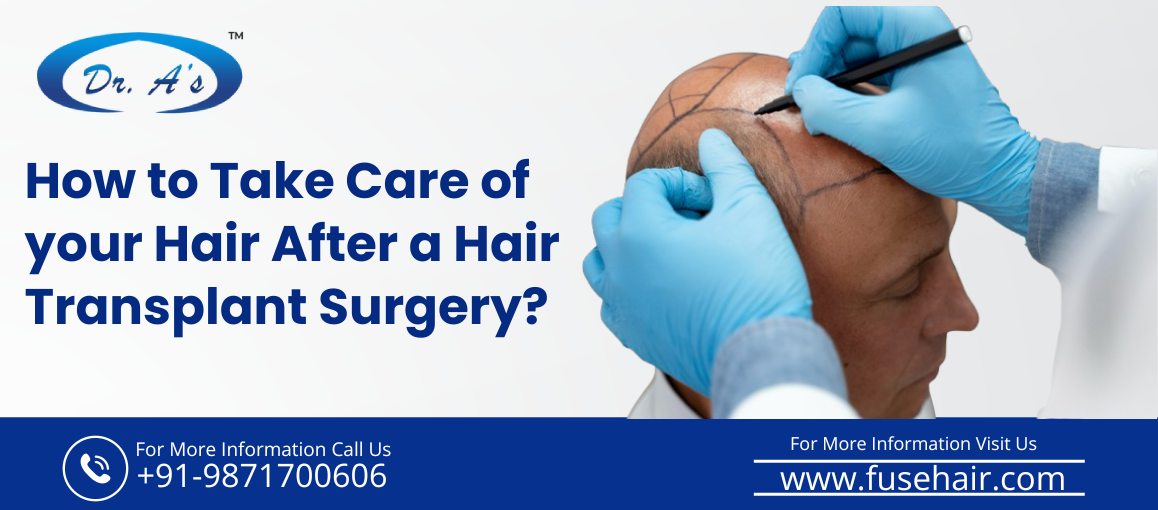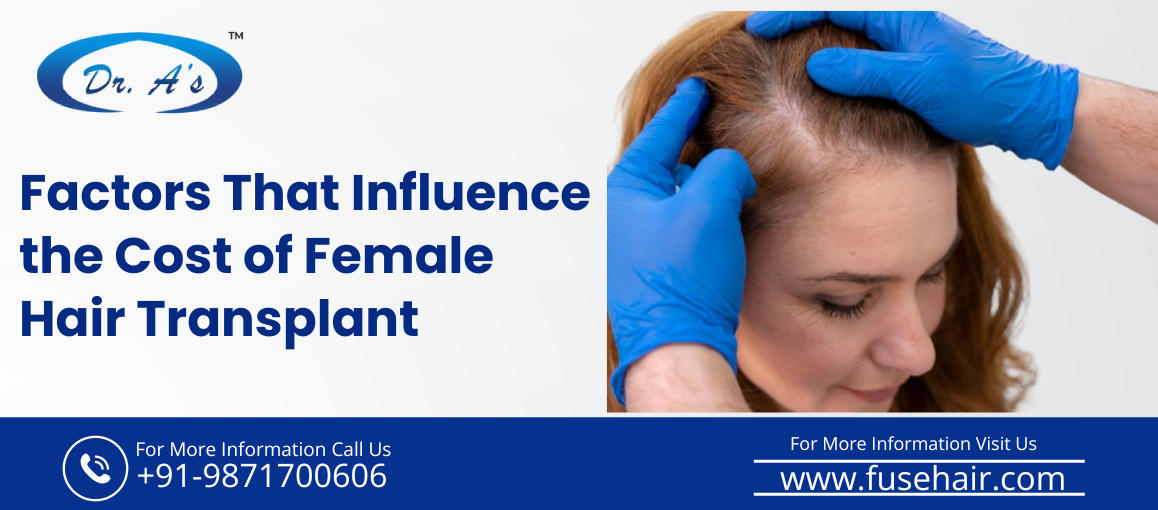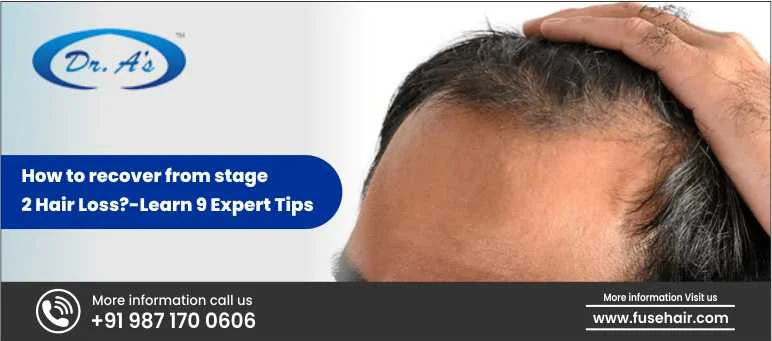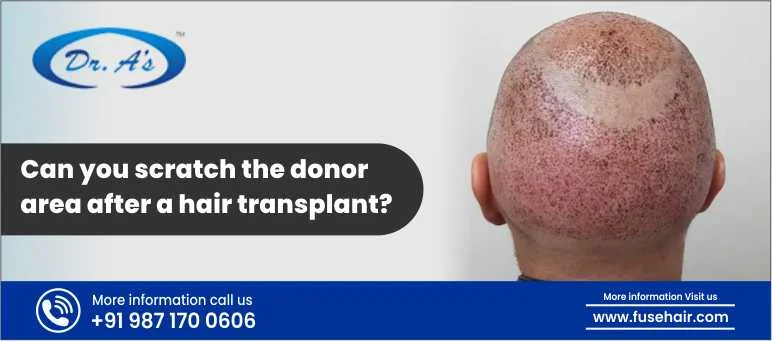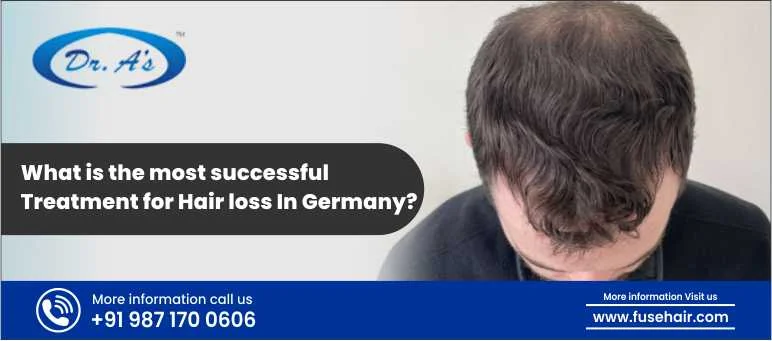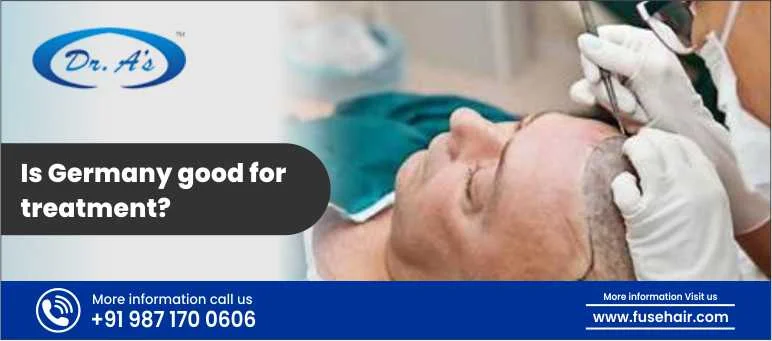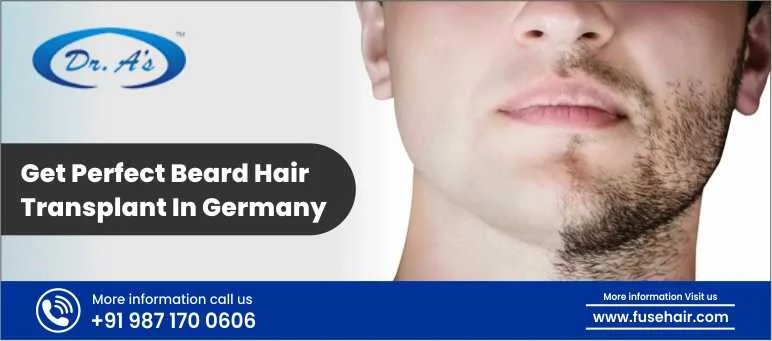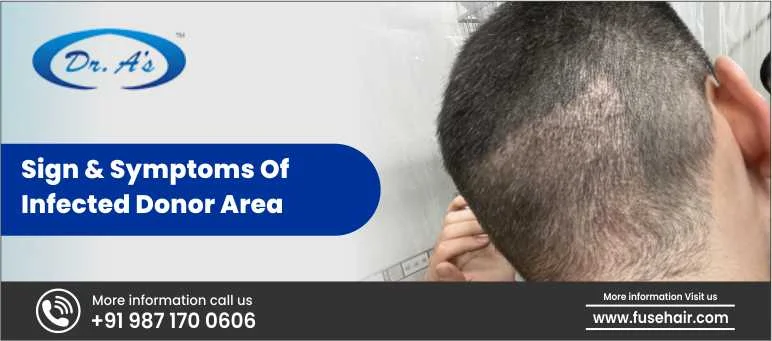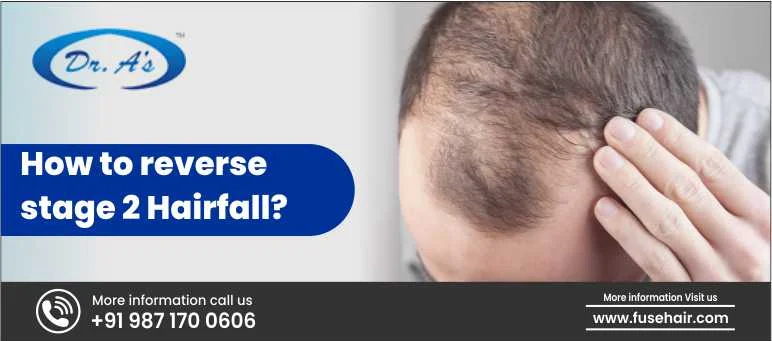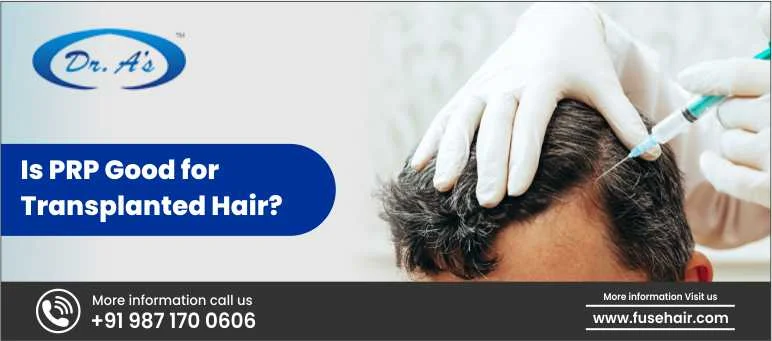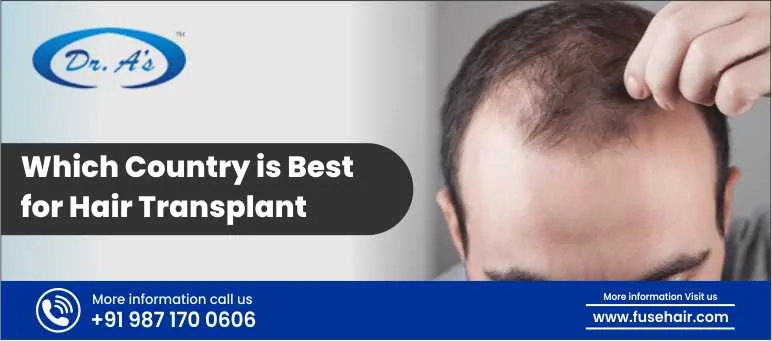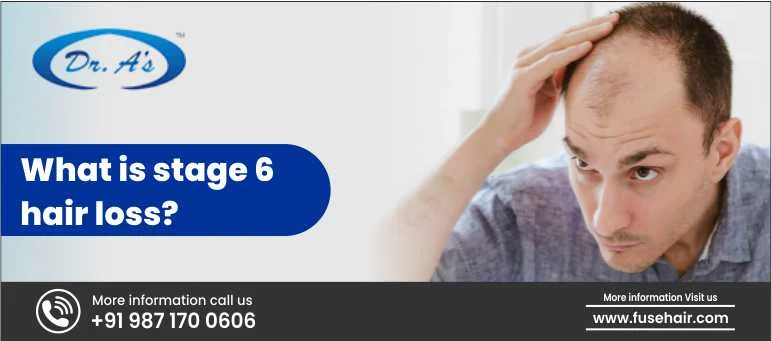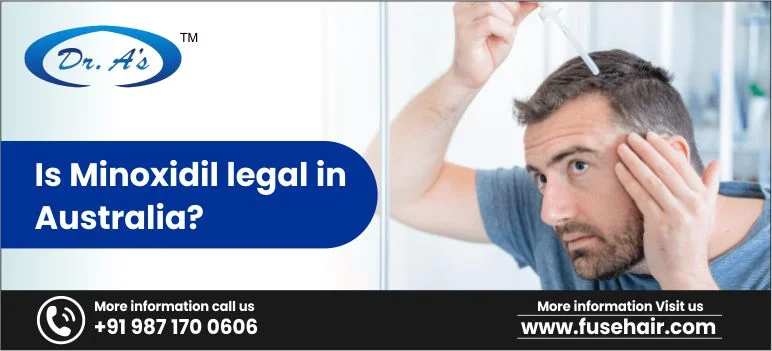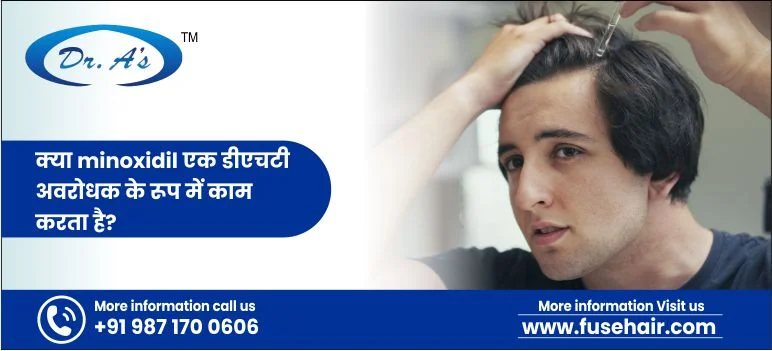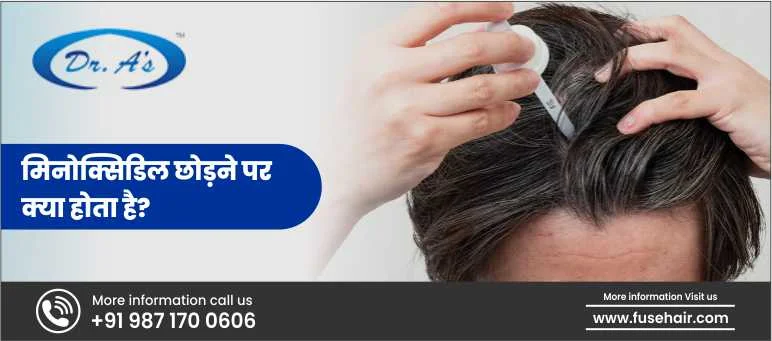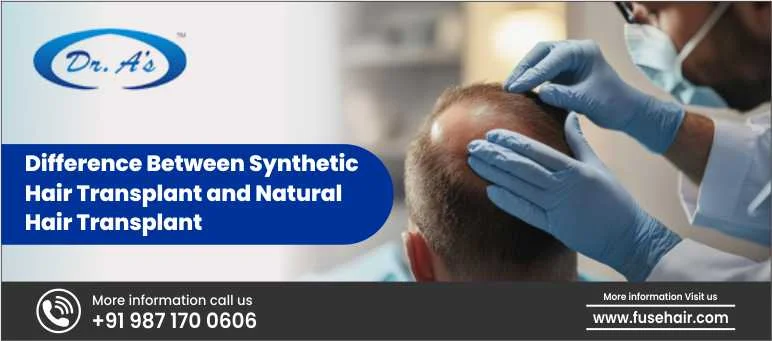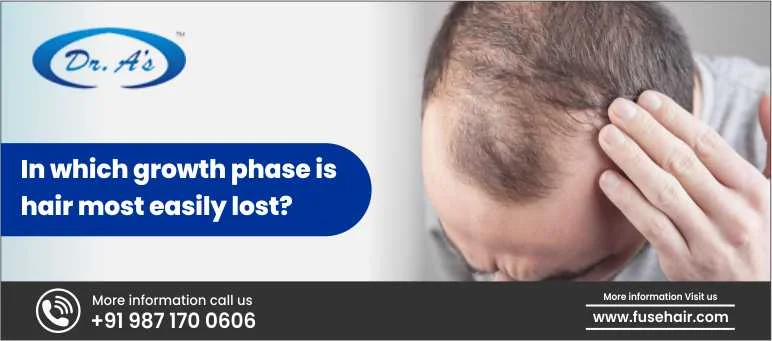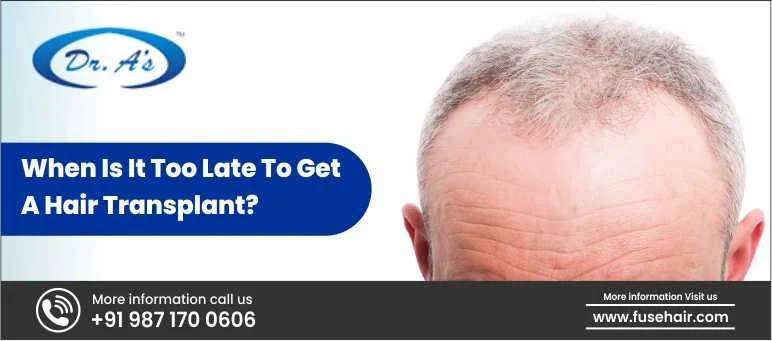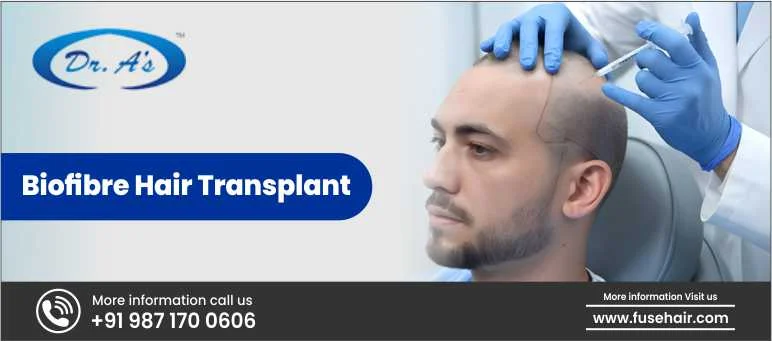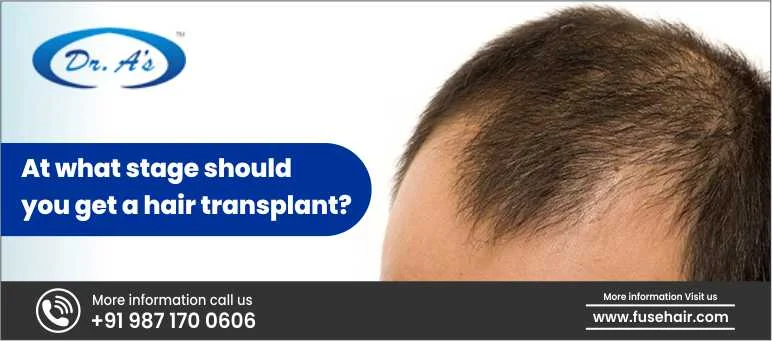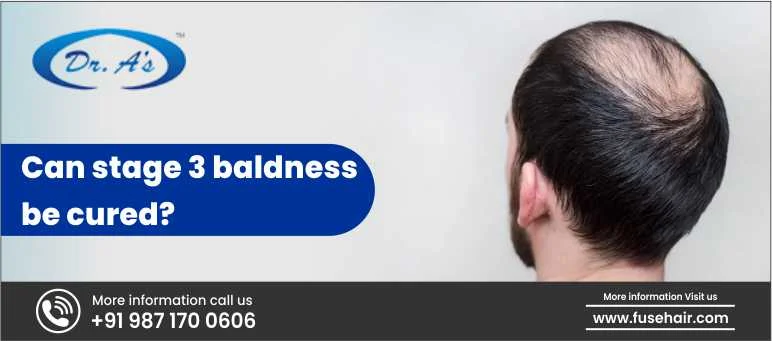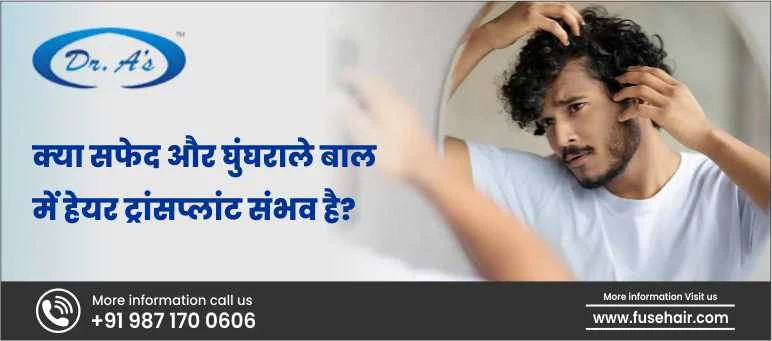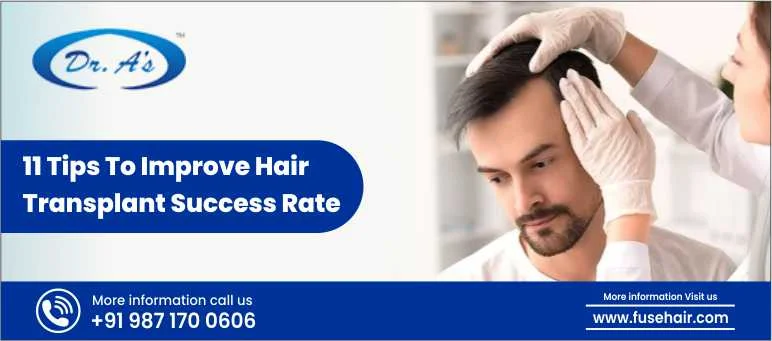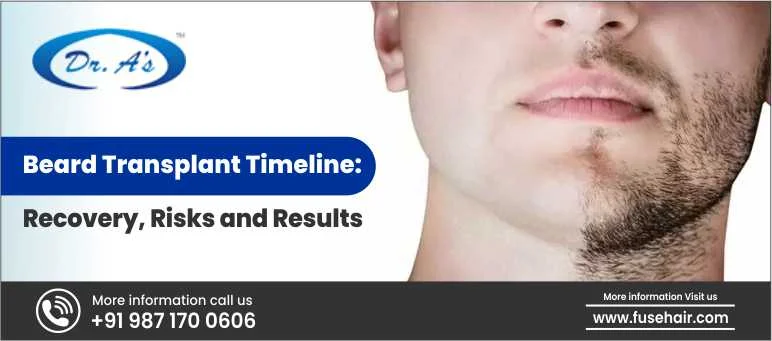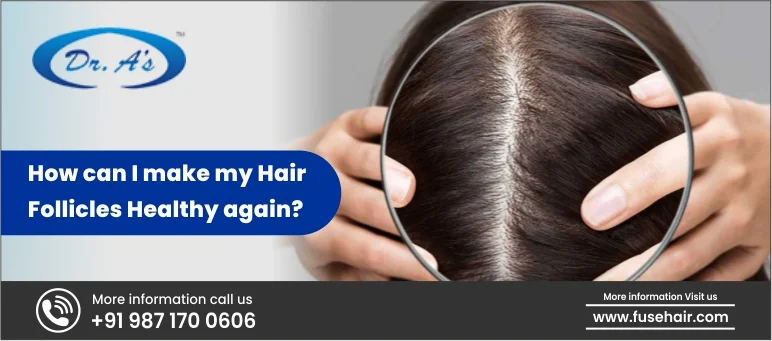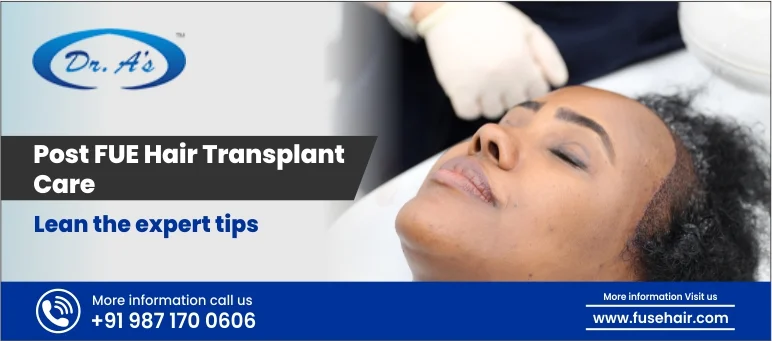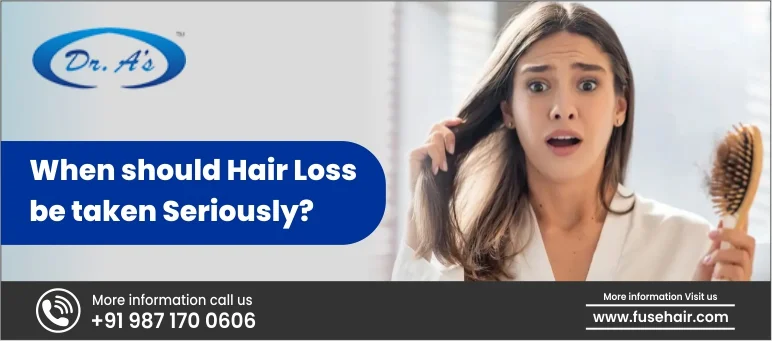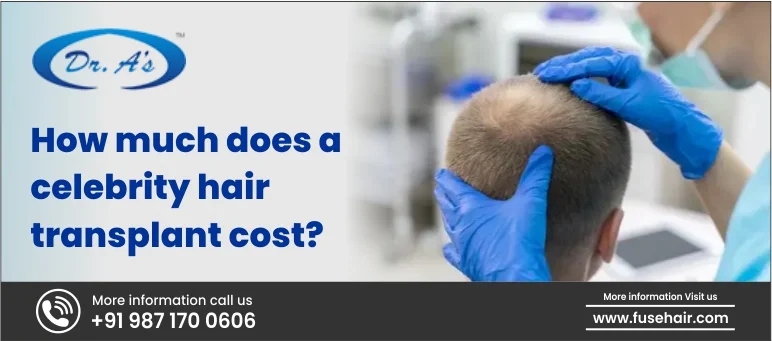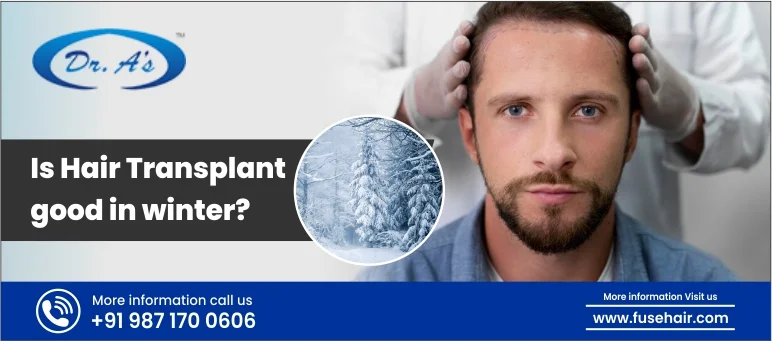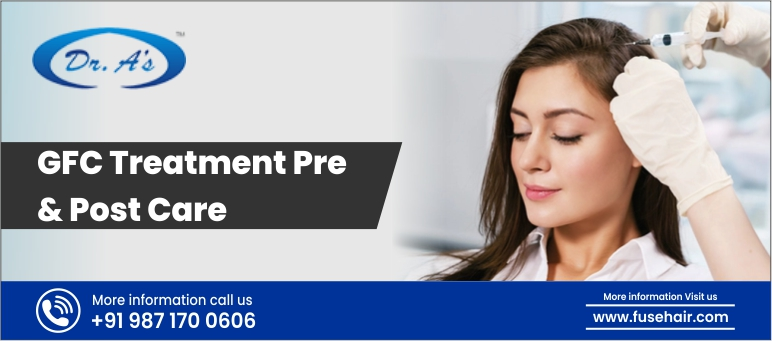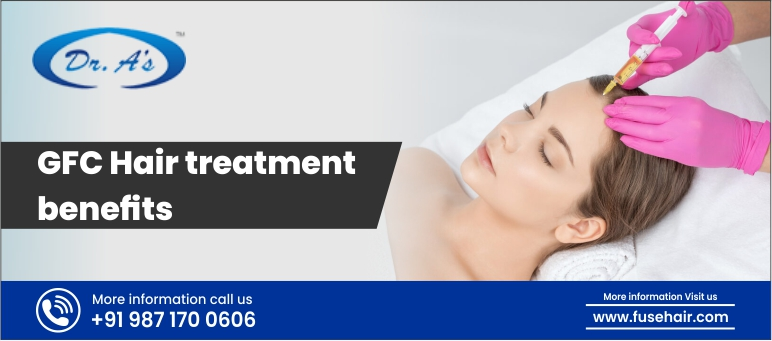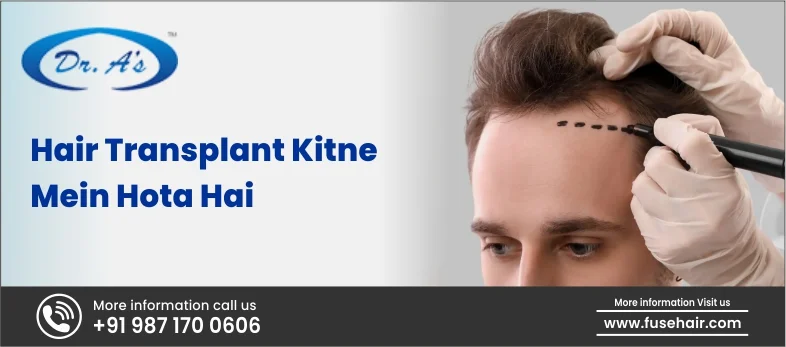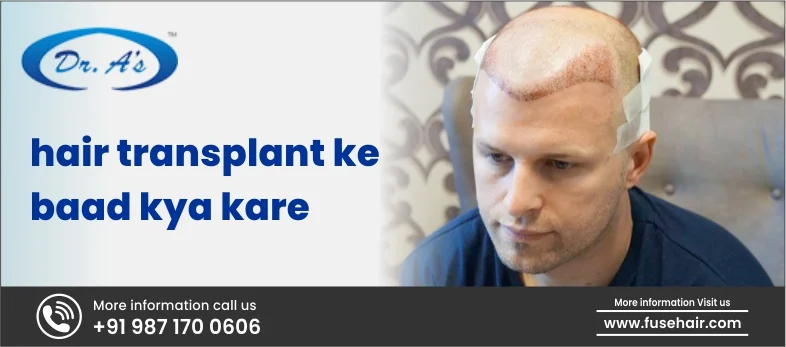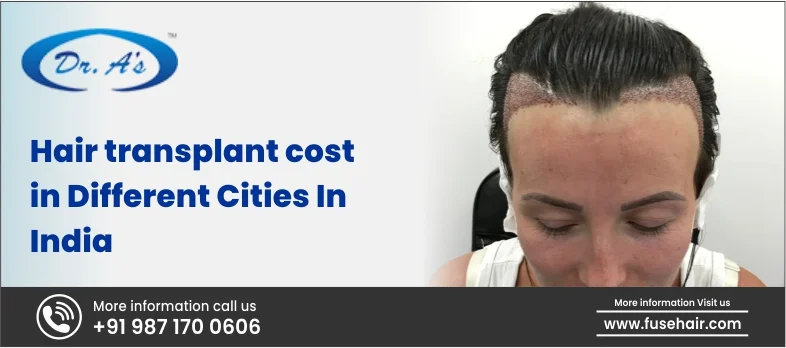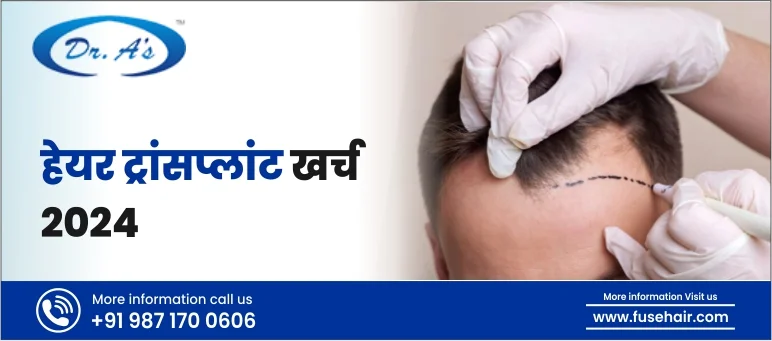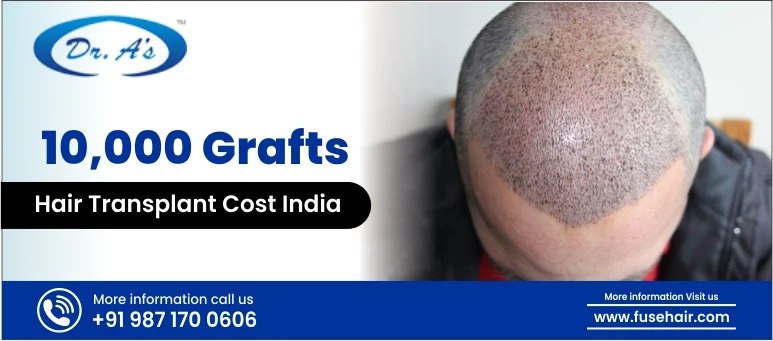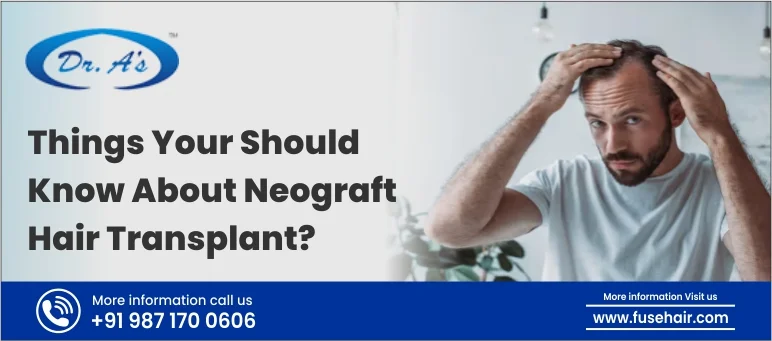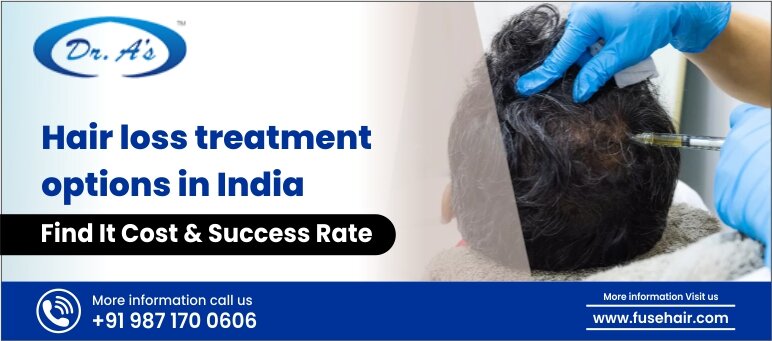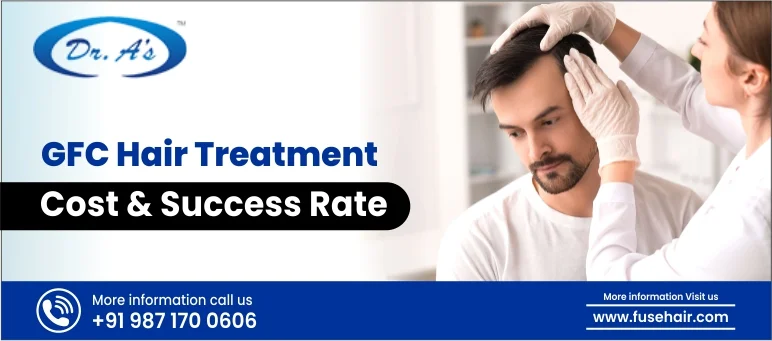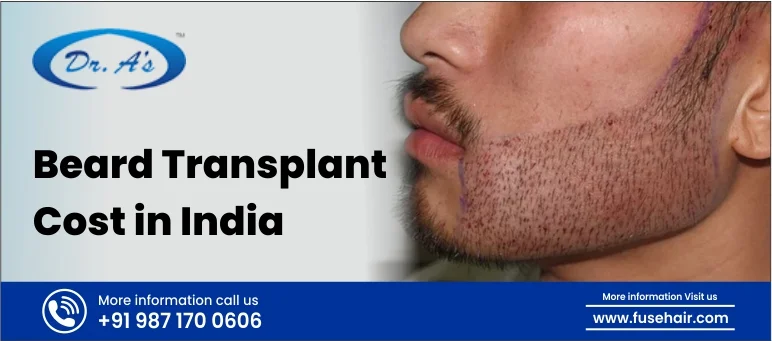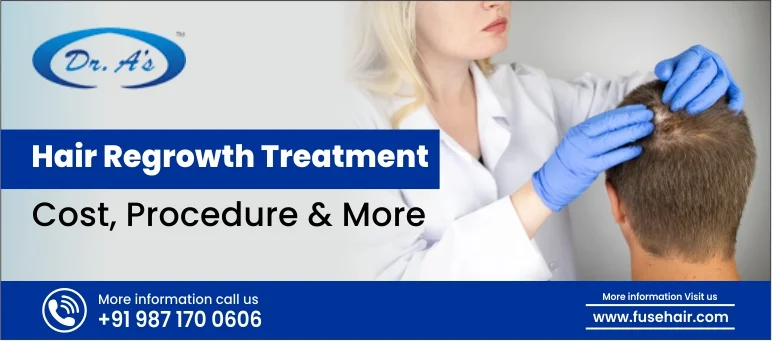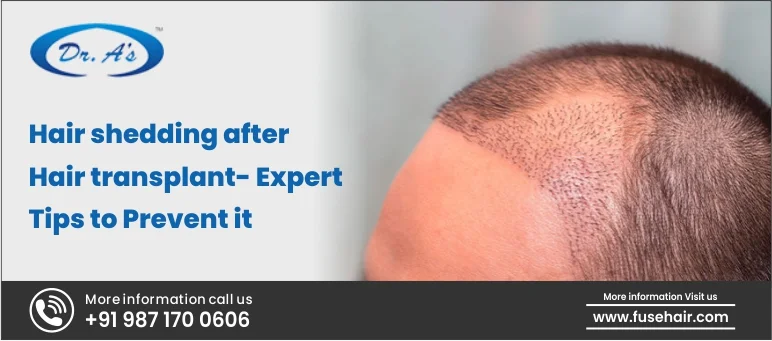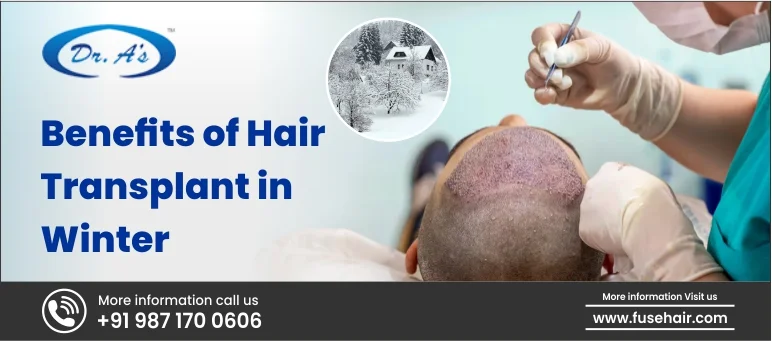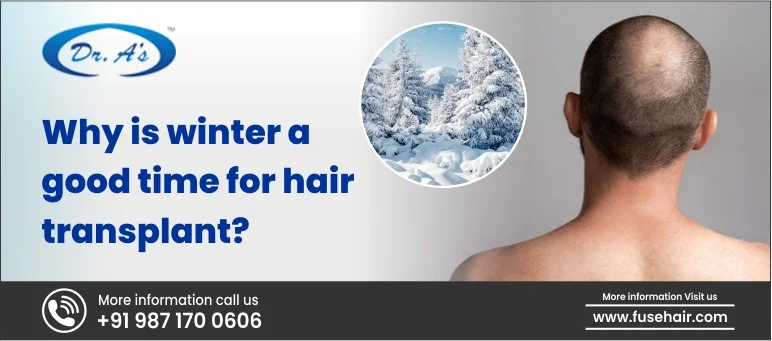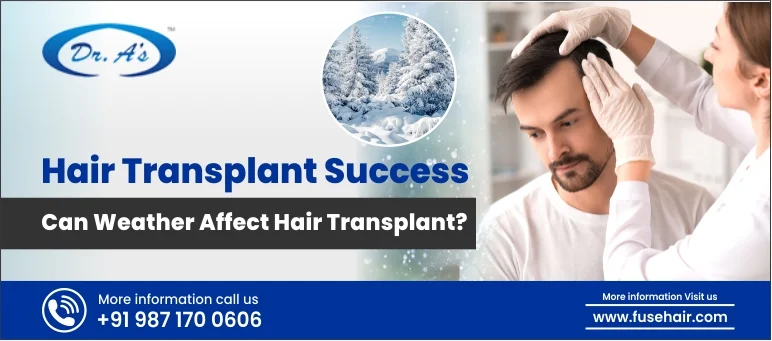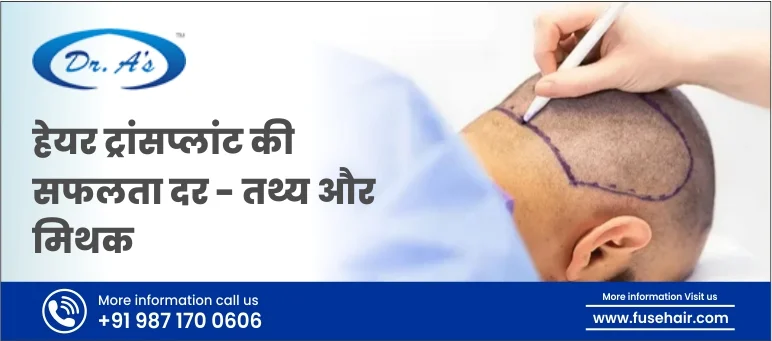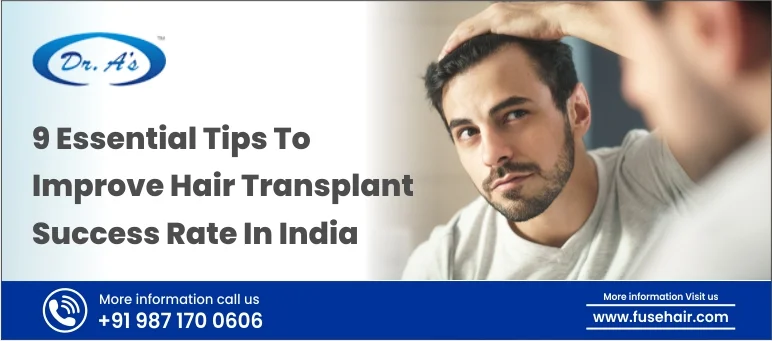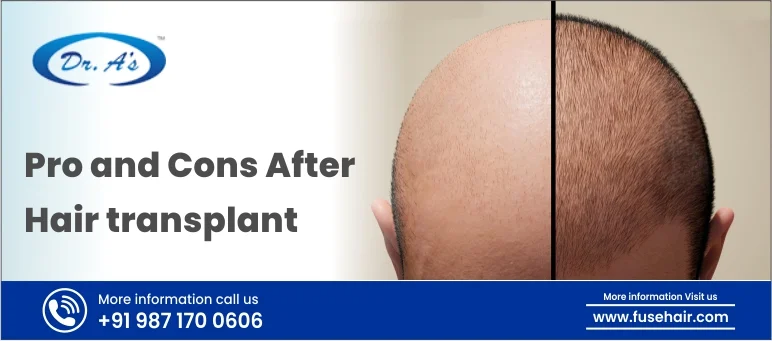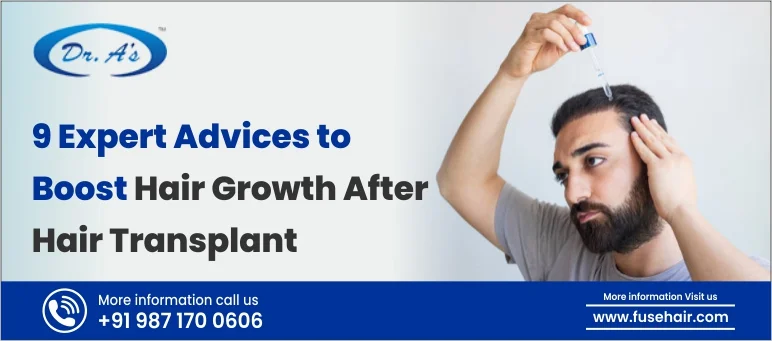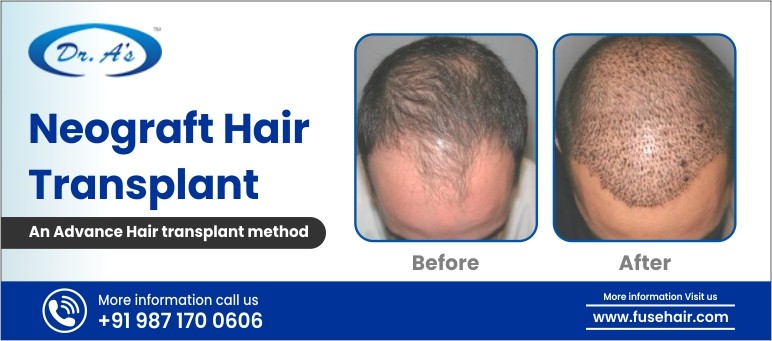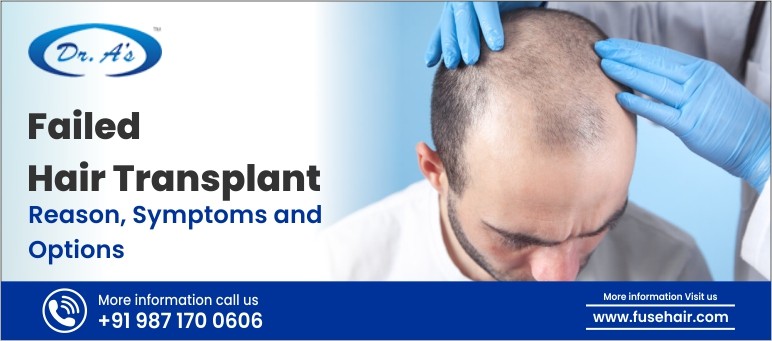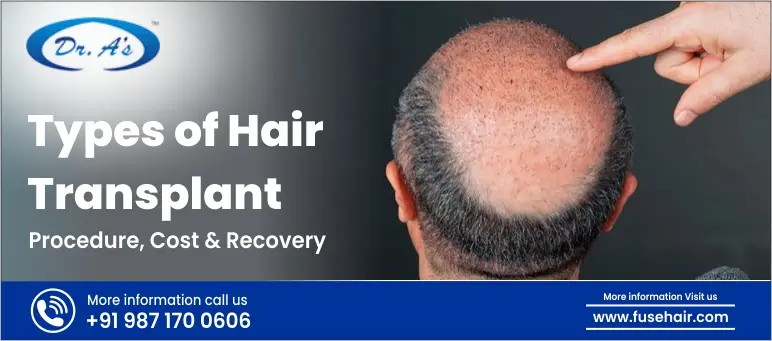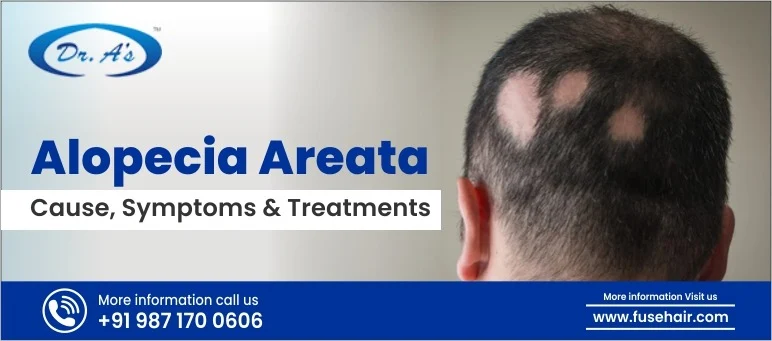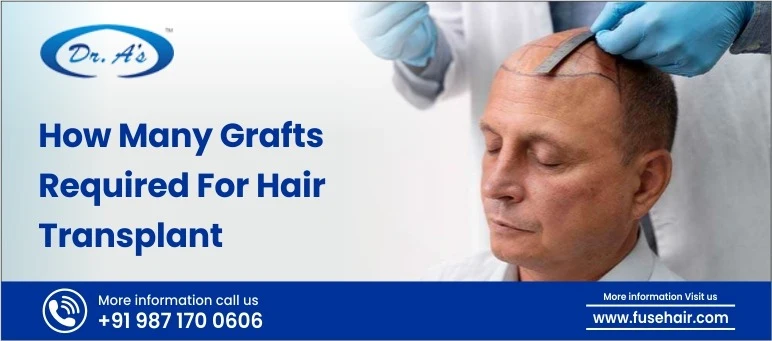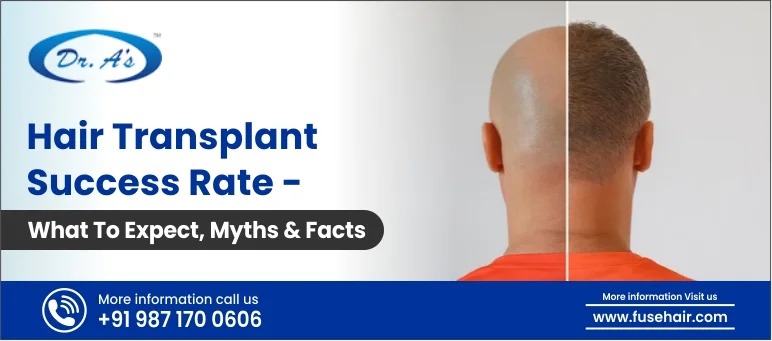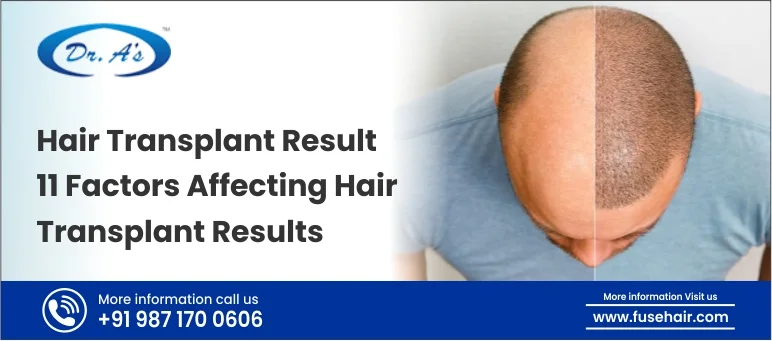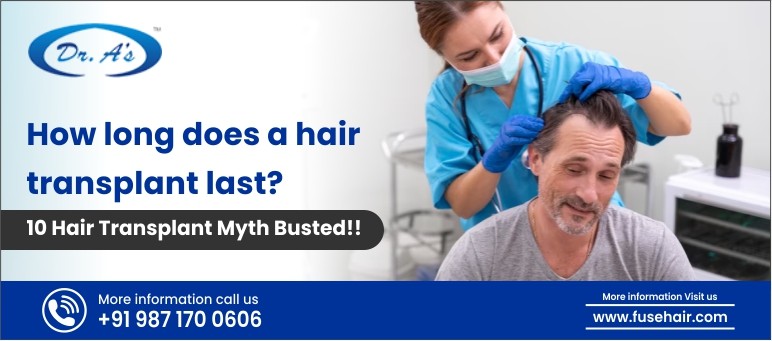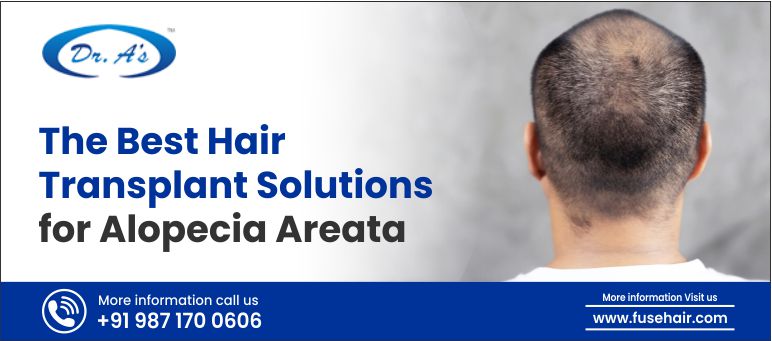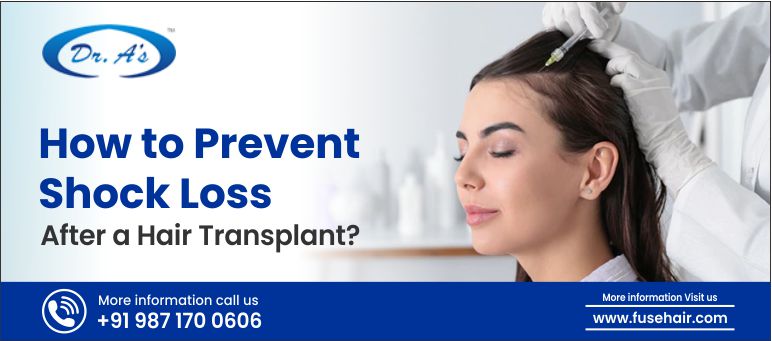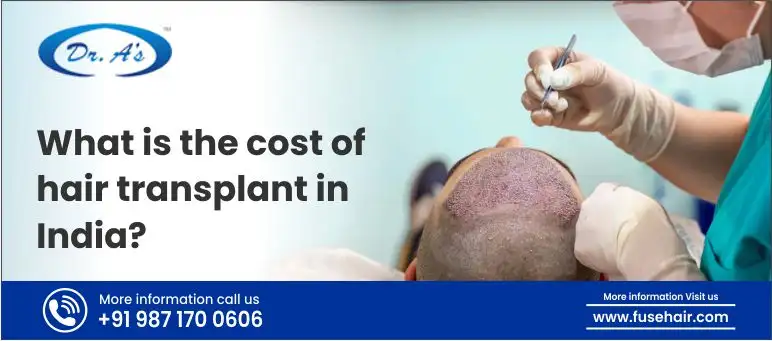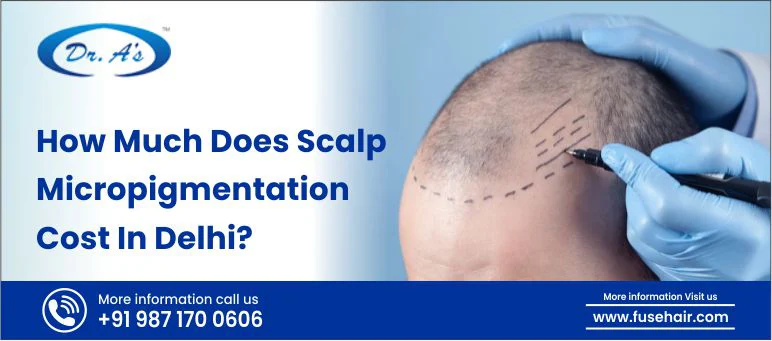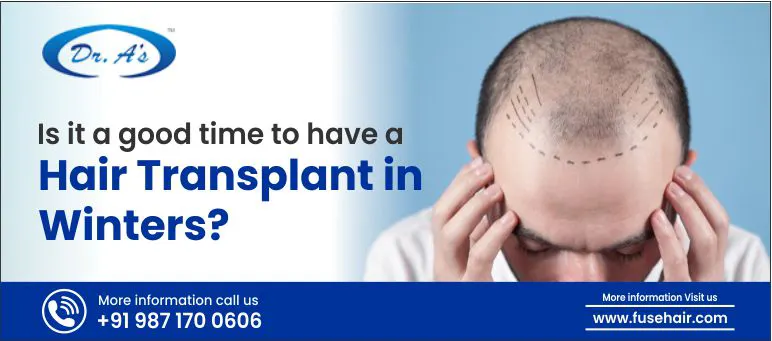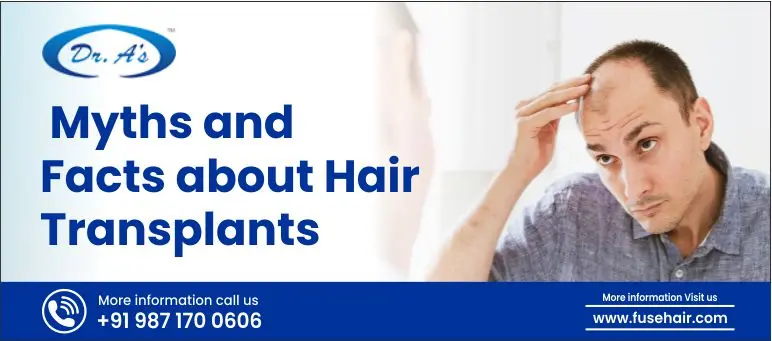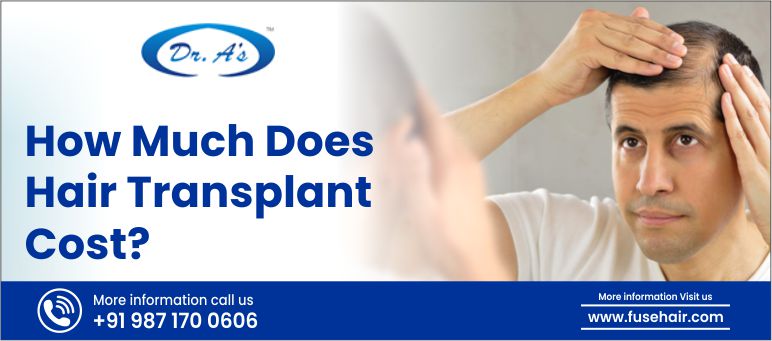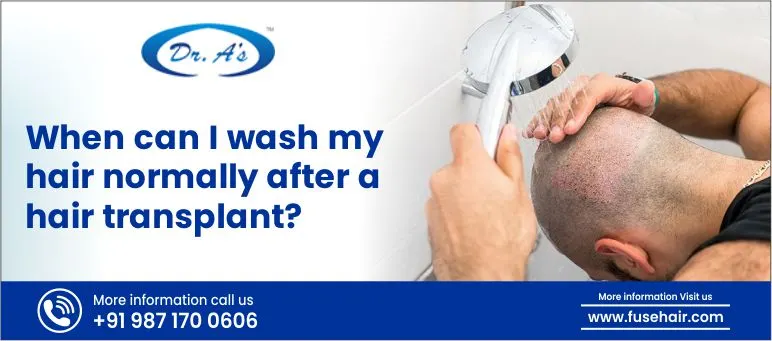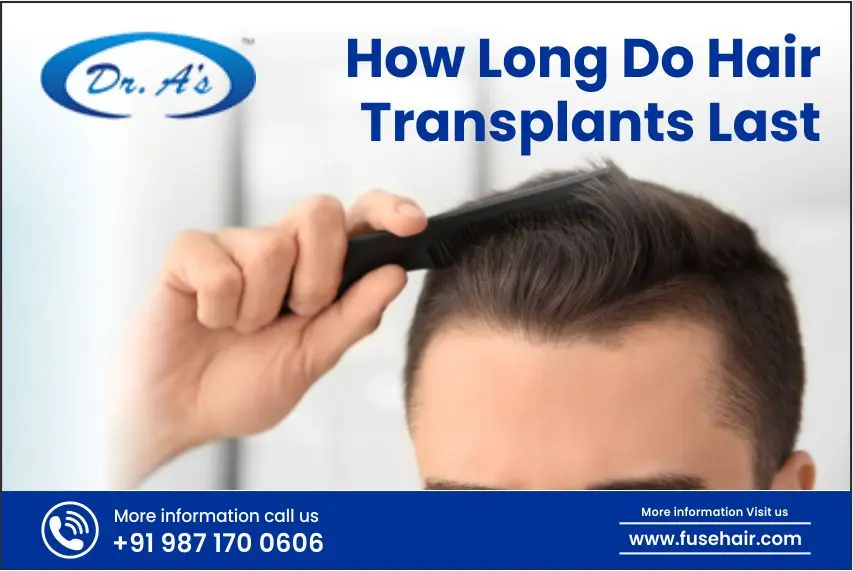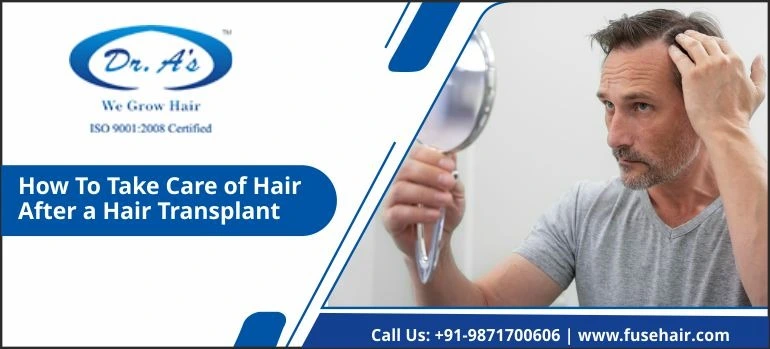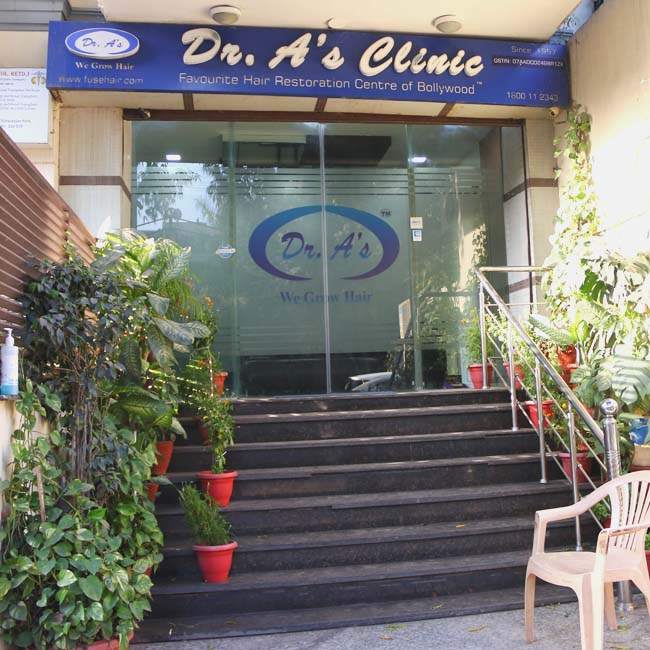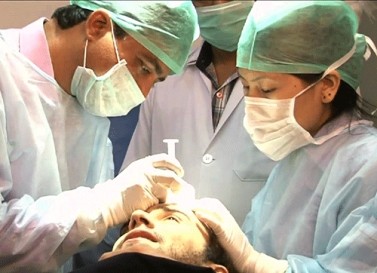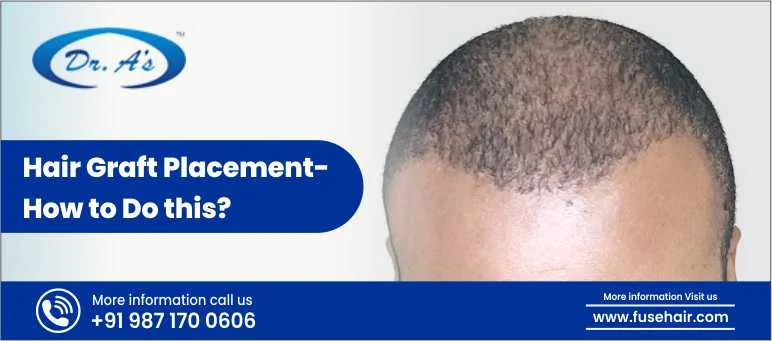
Hair graft placement is a critical component of hair transplantation, ensuring natural aesthetics, appropriate density, and the longevity of transplanted follicles. This process demands meticulous attention to each graft’s angle, depth, and direction to achieve a seamless and authentic appearance. Advanced techniques such as Follicular Unit Extraction (FUE), Follicular Unit Transplantation (FUT), and Direct Hair Implantation (DHI) have significantly enhanced the success rates of hair transplants, offering practical solutions for those seeking hair restoration.
Dr. Arvind Poswal, available at Dr. A’s Clinic, focuses on precise graft placement to achieve natural-looking results. He prioritizes techniques that promote optimal hair growth while minimizing scalp trauma. By using modern hair transplant methods, his team helps patients restore fuller hair with a seamless and practical approach.
Understanding Hair Graft Placement
Hair graft placement is a vital step in hair transplantation that determines the success and natural appearance of the procedure. It involves carefully implanting follicular units at the correct depth, angle, and direction to mimic natural hair growth. Proper placement ensures even density, reduces trauma to the scalp, and enhances graft survival, leading to long-term, natural-looking results.
Factors such as hairline design, donor hair quality, and the chosen transplantation technique—whether FUE, FUT, or DHI—play a crucial role in achieving optimal outcomes. Skilled execution of graft placement not only restores hair but also boosts confidence by creating a seamless, undetectable hairline.
Understanding the healing process and post-transplant care is crucial for successful hair graft placement. After implantation, newly placed grafts go through a recovery phase where proper blood circulation, hydration, and minimal scalp disturbance are essential for survival. Patients must follow guidelines such as avoiding excessive sweating, refraining from touching the grafts, and using prescribed medications to prevent infections.
Supportive therapies like Low-Level Laser Therapy (LLLT) can enhance graft retention by stimulating cellular activity and improving scalp health. A well-executed placement, combined with proper aftercare, ensures that the transplanted hair grows naturally, blending seamlessly with existing hair for a fuller and long-lasting result.
Preparation Before Graft Placement
Proper preparation before graft placement is crucial to ensure the survival of hair follicles and achieve natural-looking results. Here are the key steps involved:
Hairline Design & Recipient Area Planning
The hairline is designed to create a natural look based on facial structure, hair density, and aesthetic goals. A well-planned recipient area ensures even hair distribution and a seamless blend with existing hair.
Scalp Cleansing & Anesthesia
The scalp is thoroughly cleaned, and local anesthesia is applied to ensure a pain-free and comfortable procedure. This step helps prevent infections and allows for precise graft placement without patient discomfort.
Recipient Site Creation
Tiny incisions are made at precise angles and depths to accommodate the grafts and ensure a seamless hair growth pattern. Proper site preparation improves graft survival and enhances the overall aesthetic outcome.
Graft Extraction & Storage
Hair follicles are carefully extracted and preserved in a nutrient-rich solution to maintain viability before implantation. Keeping the grafts hydrated and in an optimal environment prevents damage and ensures successful transplantation.
Minimizing Trauma & Ensuring Hydration
Grafts are handled with care to prevent damage and maintain hydration to enhance survival rates. Reduced handling and precise placement improve the chances of healthy and natural hair regrowth.
Techniques for Hair Graft Placement
Several advanced techniques are used for hair graft placement, each offering unique benefits. Here’s a closer look at the most effective methods:
-
Follicular Unit Extraction (FUE)
This method involves extracting individual follicular units from the donor area using a specialized punch tool. It is minimally invasive, leaving no linear scars and ensuring a quicker recovery. The extracted grafts are then carefully implanted in the recipient area for a natural look. FUE is ideal for those who prefer a less invasive procedure with minimal downtime. Under the supervision of Dr. Arvind Poswal, we utilize advanced FUE techniques to achieve high graft survival rates and restore lost hair.
-
Follicular Unit Transplantation (FUT)
Also known as the strip method, FUT involves removing a small strip of scalp from the donor area. The scalp is dissected into individual follicular units implanted into the balding areas, ensuring high-density coverage. While it may leave a linear scar, FUT allows for larger grafts in a single session, making it suitable for patients with extensive hair loss.
-
Follicular Unit Separation Extraction (FUSE)
This technique is an advanced variation of FUE that enhances graft survival while reducing scalp trauma. It enables seamless extraction and implantation of follicular units, ensuring a natural hairline and high-density results. FUSE hair transplant improves graft survival rates and enhances overall hair density. Dr Arvind Poswal has perfected the FUSE technique at Dr. A’s Clinic to ensure seamless graft integration, helping patients achieve long-lasting and natural-looking hair.
-
Direct Hair Implantation (DHI)
DHI uses an implanter pen to place hair follicles directly into the scalp without needing pre-made incisions. This technique allows for greater depth, angle, and direction control, resulting in a more natural appearance. Since the grafts are implanted immediately after extraction, they spend less time outside the body, improving survival rates. DHI is particularly beneficial for creating a dense and natural-looking hairline.
-
NeoGraft Hair Transplant
NeoGraft is an automated version of FUE that enhances precision and efficiency in hair transplantation. This method uses a suction-based system to extract and implant grafts, reducing manual handling and increasing graft survival. NeoGraft is known for its minimally invasive nature and faster recovery, making it an excellent option for patients seeking a comfortable and effective hair restoration solution.
Key Advantages of Low-Level Laser Therapy (LLLT) in Enhancing Hair Graft Survival
Low-Level Laser Therapy (LLLT) improves hair graft survival after transplantation. LLLT creates a more supportive environment for newly implanted follicles by stimulating cellular activity and enhancing scalp health. Here are the key benefits:
-
Anti-Inflammatory Effects
LLLT reduces inflammation by dilating blood vessels and activating the lymphatic drainage system, helping to decrease swelling and discomfort after hair transplantation. This reduction in inflammation minimizes pressure on newly placed grafts, allowing them to settle securely in the scalp. LLLT contributes to better graft retention and post-procedure comfort by creating a stable healing environment.
-
Accelerated Tissue Repair and Cell Growth
By penetrating deeply into tissues, LLLT speeds up cellular regeneration and promotes faster healing of the transplanted area. The therapy enhances fibroblast production, which is essential for collagen formation and wound healing. This leads to quicker recovery times, reduced scabbing, and improved integration of the transplanted follicles, ensuring long-term hair growth success.
-
Improved Vascular Activity
LLLT significantly increases the formation of new capillaries in damaged tissue, enhancing blood circulation and oxygenation in the scalp. This increased blood supply ensures that transplanted follicles receive the nutrients for survival and robust growth. At Dr. A’s Clinic, we incorporate LLLT into post-hair transplant care to improve vascular health, ensuring that hair grafts thrive in a nourished and oxygen-rich environment for optimal results.
-
Enhanced Metabolic Activity
LLLT stimulates higher outputs of specific pro-healing enzymes in blood cells, along with improved oxygen and nutrient delivery to the scalp. This boost in cellular metabolism increases ATP (adenosine triphosphate) production, which fuels cell function and repair. As a result, transplanted grafts adapt better to their new location, reducing the risk of shedding and improving overall hair density.
Ensuring Optimal Graft Survival and Growth
To achieve long-lasting and natural-looking hair transplant results, taking the right steps to protect and nurture the newly implanted grafts is essential. Here are the key factors that contribute to optimal graft survival and healthy hair growth:
-
Proper Handling of Grafts
Hair follicles are delicate and require careful extraction, storage, and implantation to prevent damage. Minimizing exposure to heat, dehydration, and excessive manipulation ensures better survival rates and successful integration into the scalp.
-
Hydration and Nutrient Supply
Keeping grafts hydrated during the procedure is crucial for survival. Using a nutrient-rich storage solution helps maintain follicle viability, while post-transplant scalp care supports hair growth, including gentle cleansing and prescribed serums.
-
Controlled Implantation Techniques
The angle, depth, and density at which the grafts are placed affect their ability to grow naturally. Ensuring that each follicular unit is positioned correctly prevents unnatural hair patterns and maximizes coverage for a fuller look.
-
Post-Transplant Care Routine
Avoiding direct sunlight, refraining from scratching the scalp, and following prescribed medications help prevent infection and promote healing. Patients should also avoid strenuous activities that may disturb the newly implanted grafts.
-
Low-Level Laser Therapy (LLLT) for Faster Recovery
LLLT enhances blood circulation, reduces inflammation, and accelerates tissue repair, creating an ideal environment for transplanted follicles to thrive. LLLT improves graft survival and overall hair quality when integrated into post-transplant care.
Conclusion
Achieving natural and long-lasting results from a hair transplant depends on precise graft placement, proper techniques, and post-procedure care. Correct angling, hydration, and scalp health significantly ensure graft survival and promote strong hair growth. Advanced methods like FUE, FUT, and FUSE and supportive treatments like Low-Level Laser Therapy (LLLT) help create the ideal conditions for transplanted follicles to thrive.
Following post-transplant guidelines and maintaining a healthy scalp environment allows patients to enjoy fuller, more natural-looking hair over time. Our approach at Dr A’s Clinic maximizes hair density to deliver long-term results. With a commitment to excellence in hair restoration, we help individuals achieve natural-looking hair and renewed confidence.



